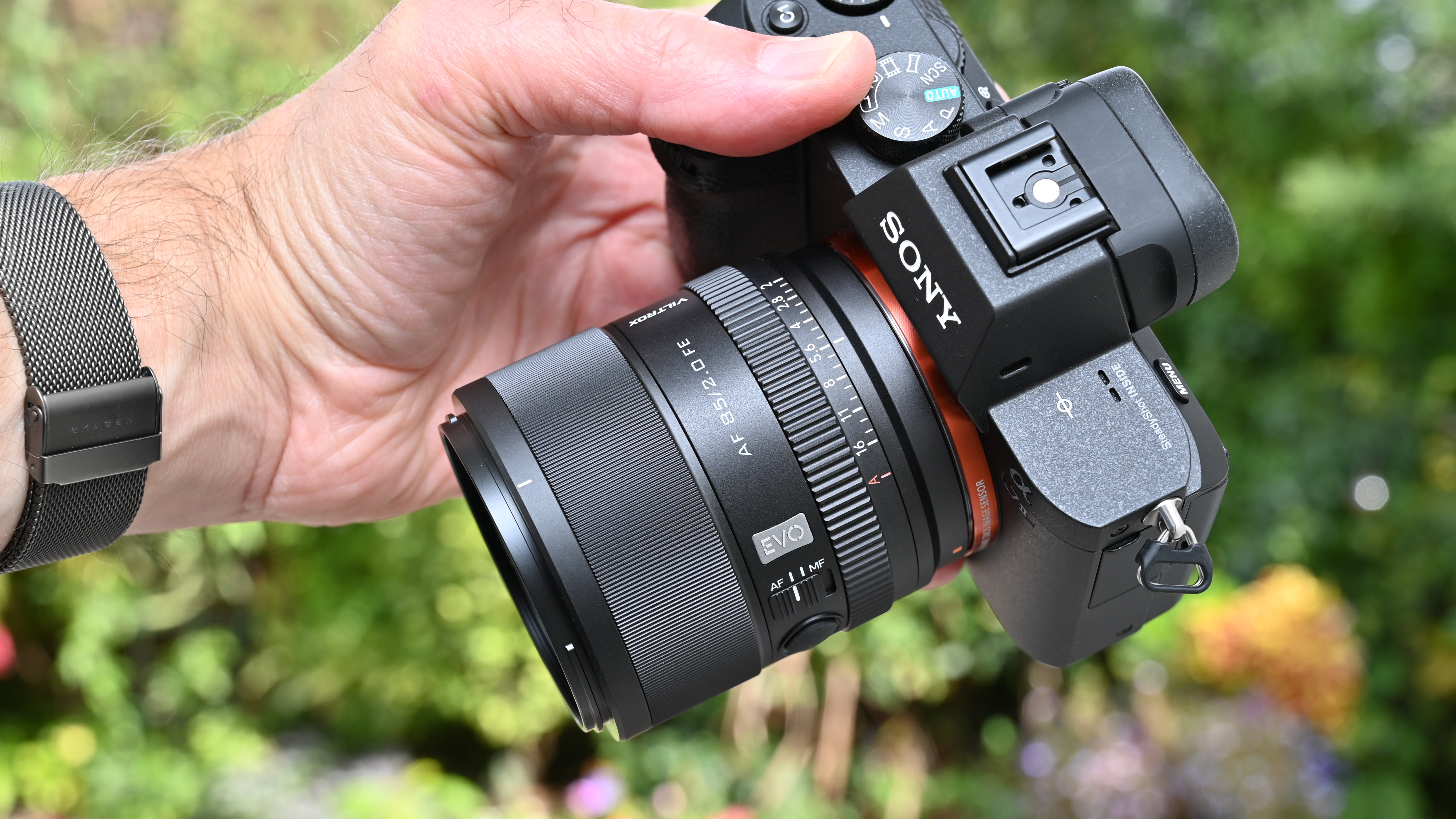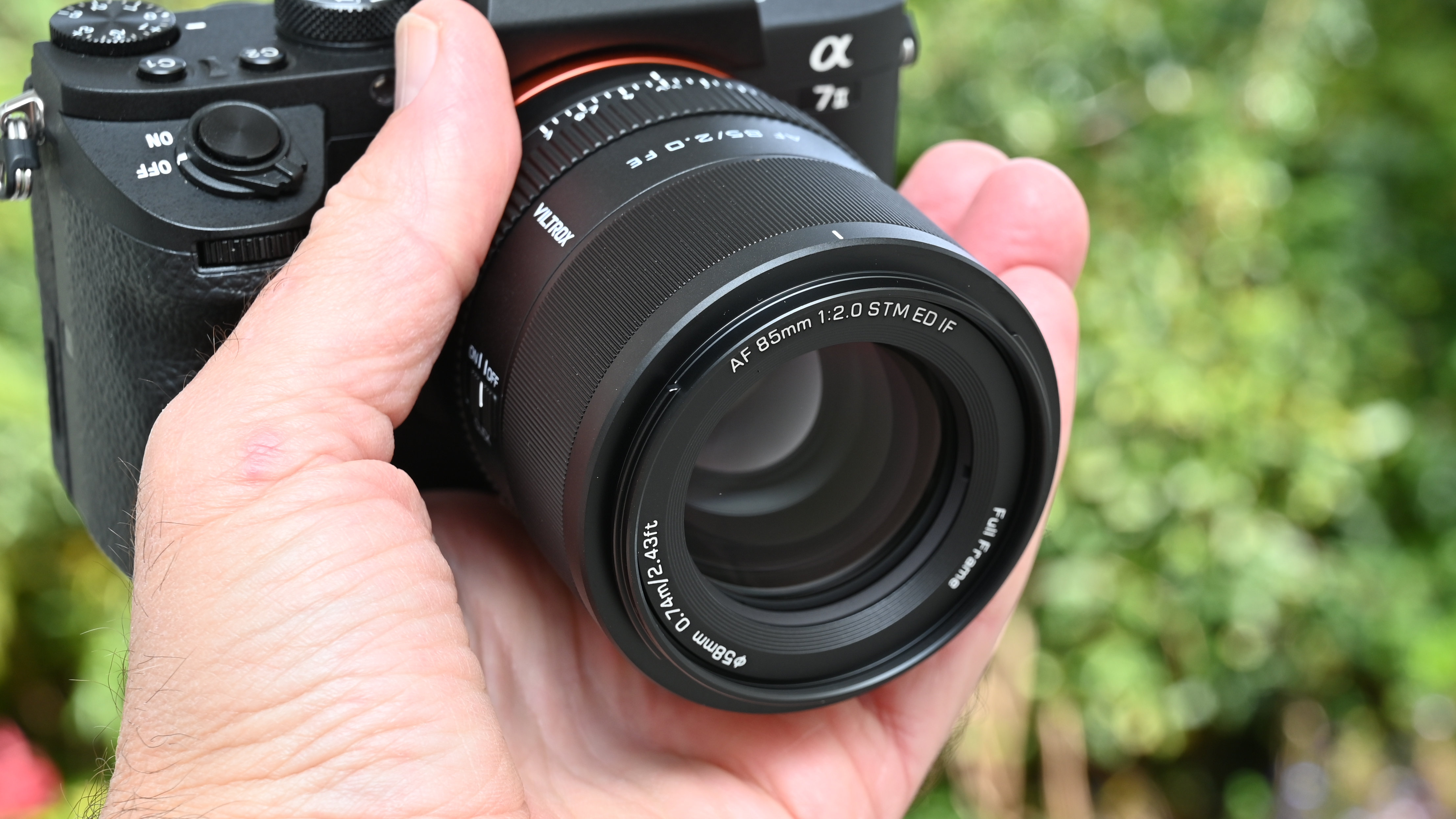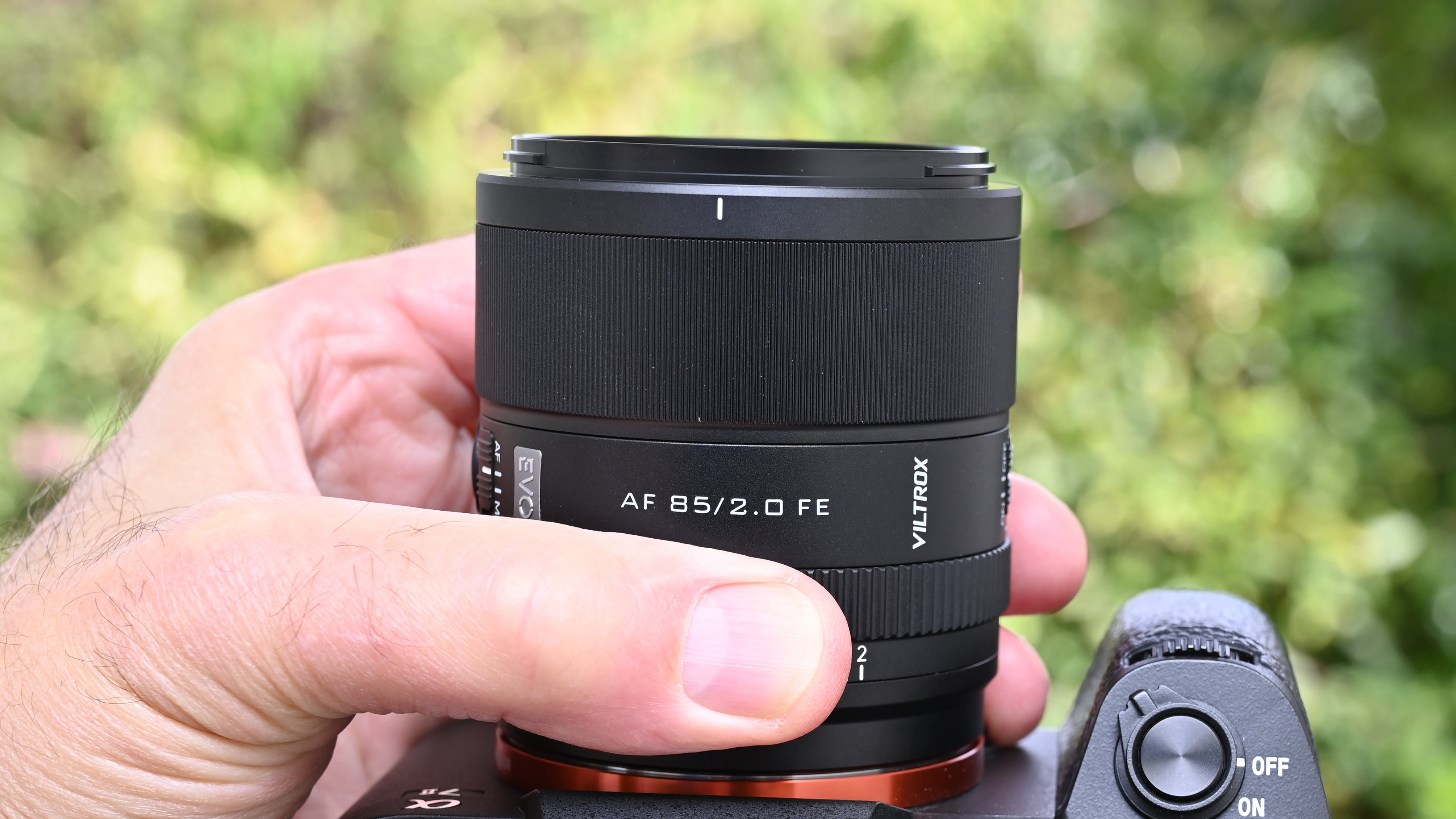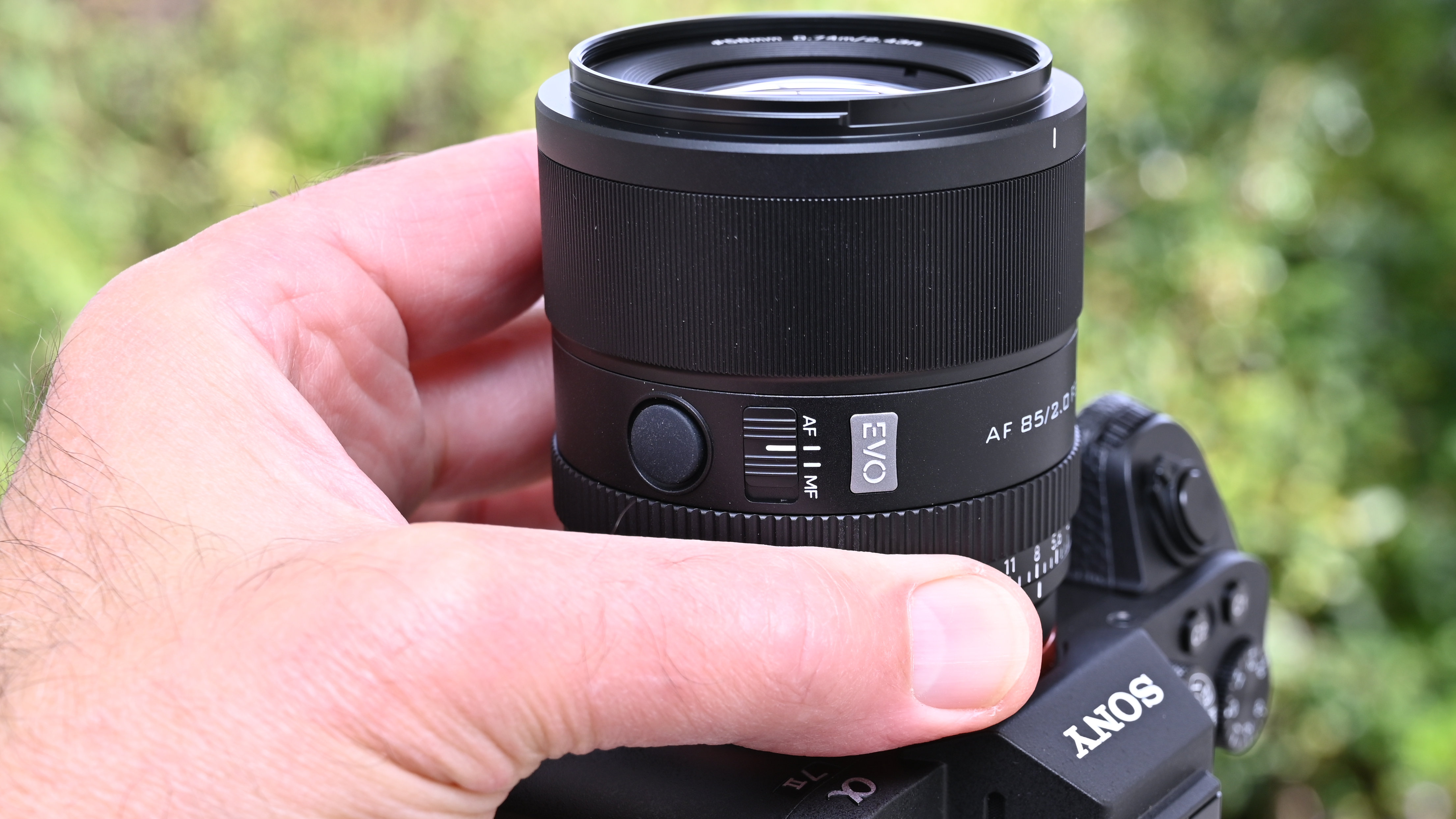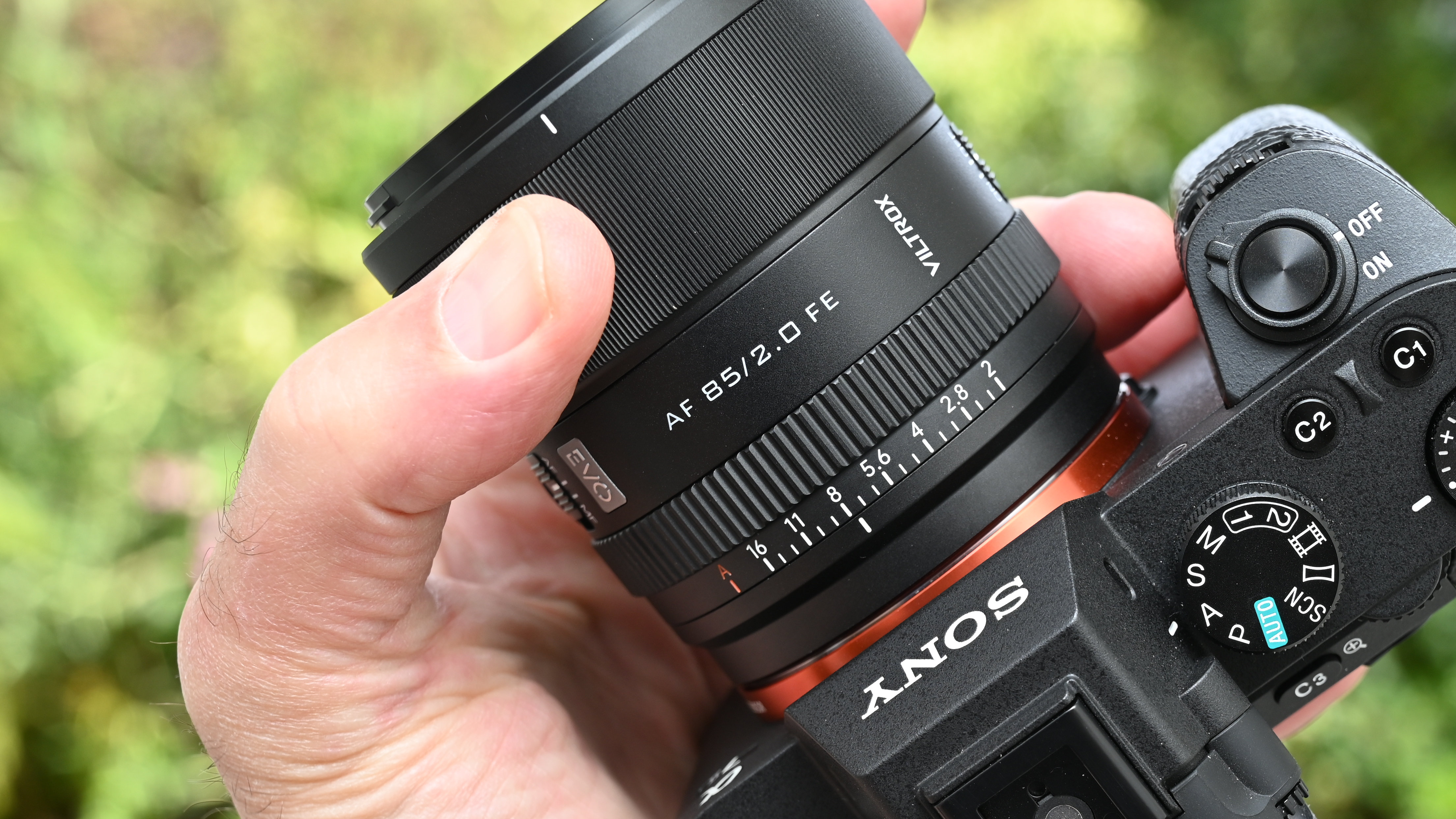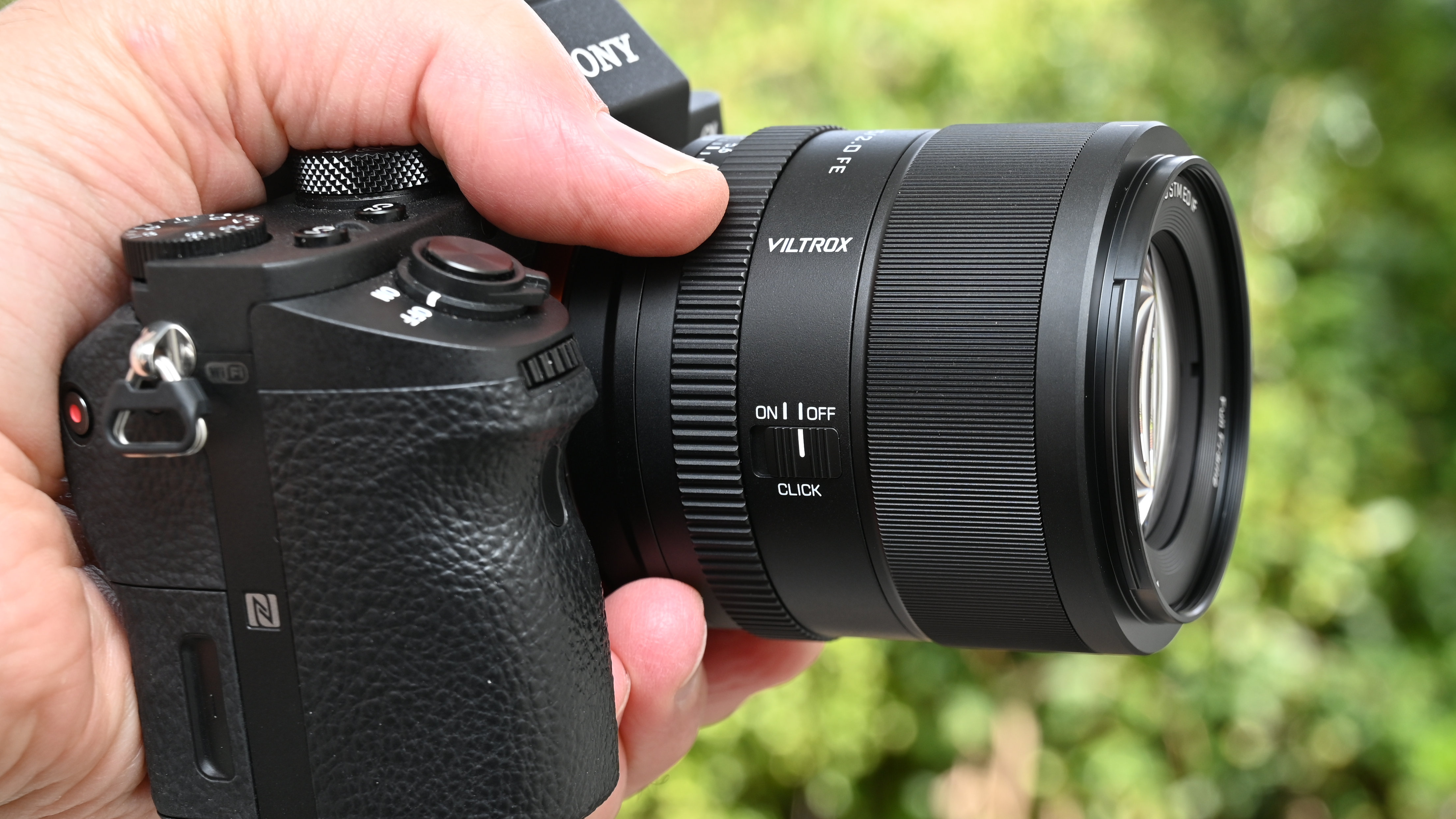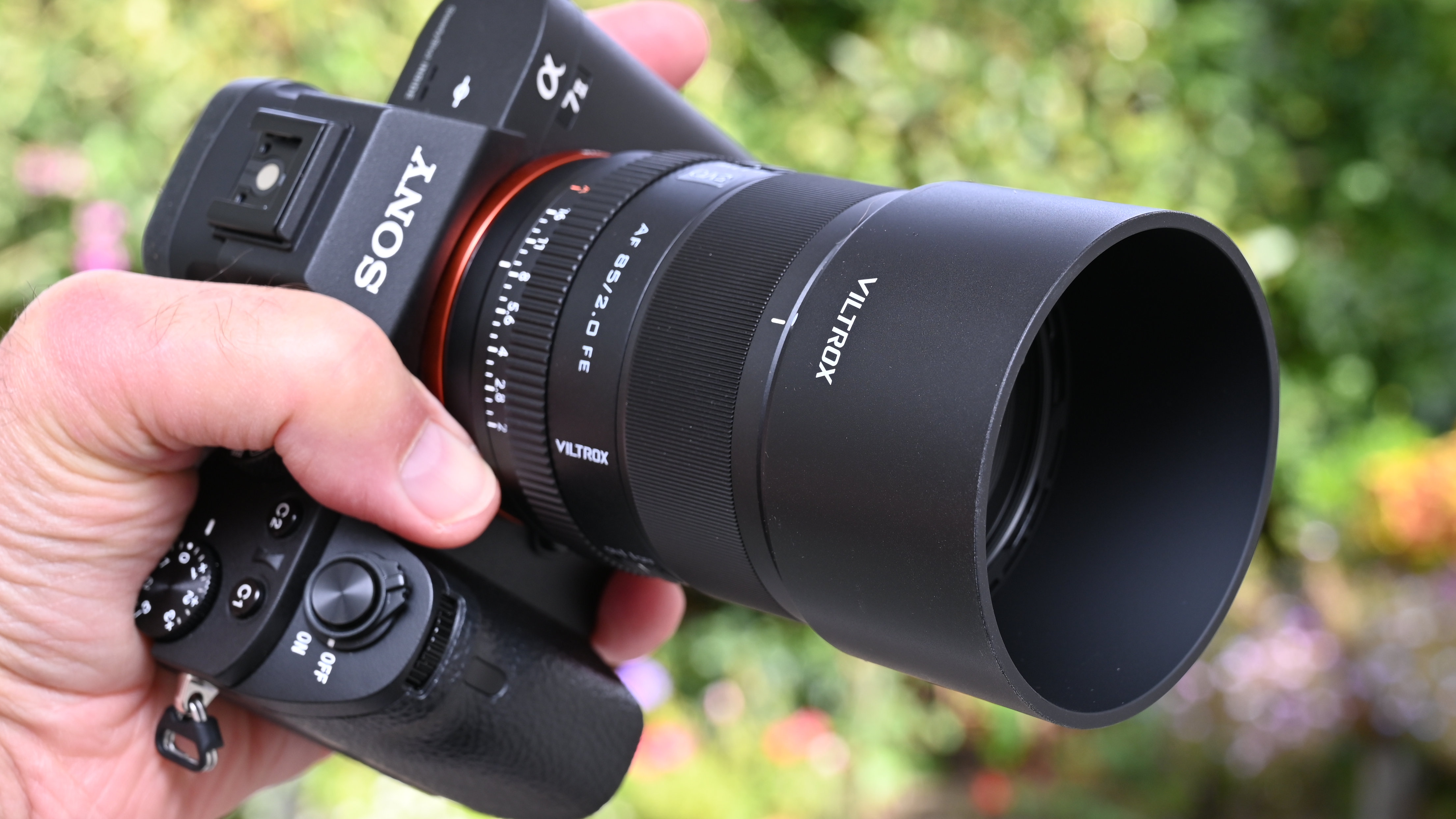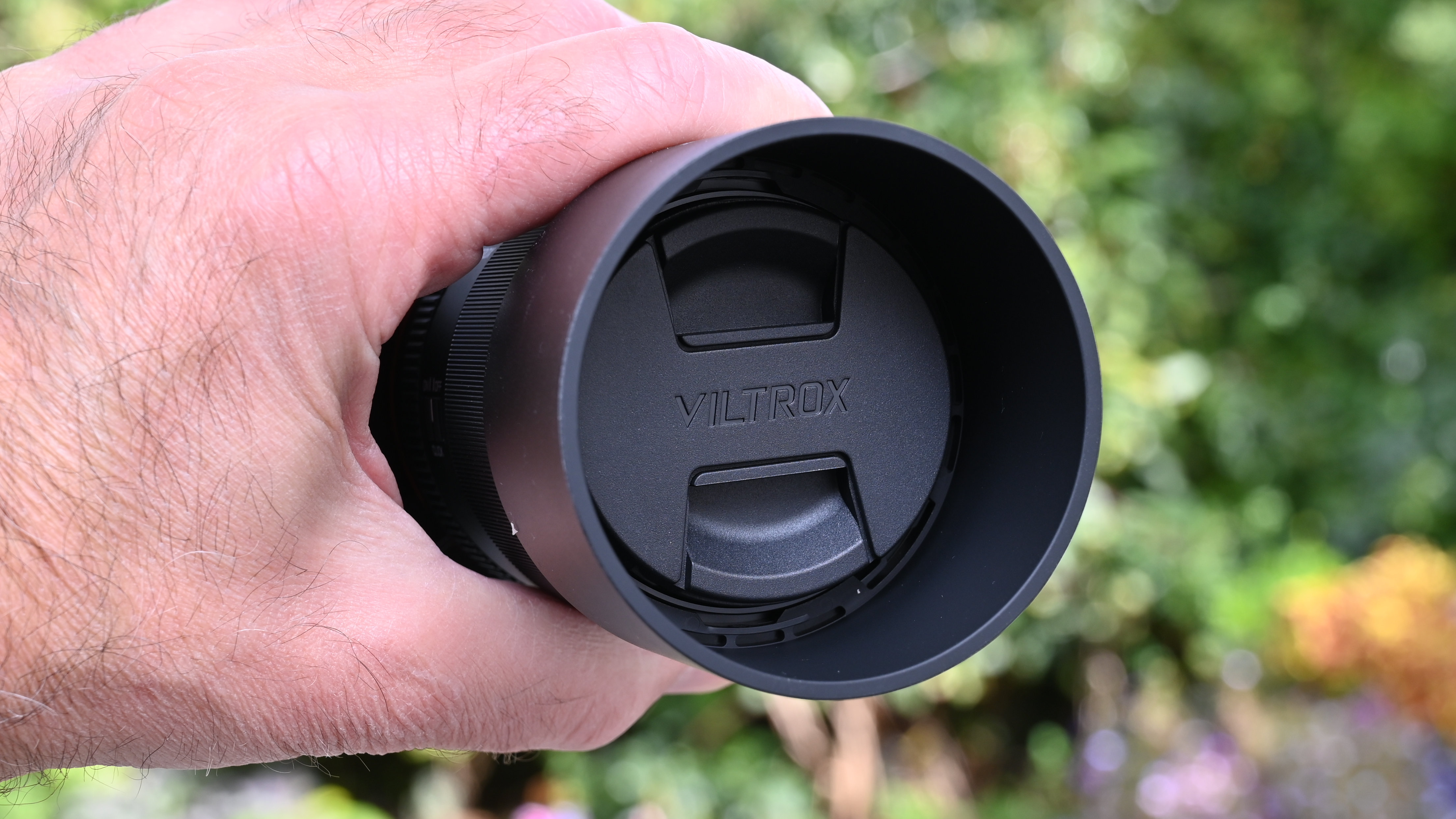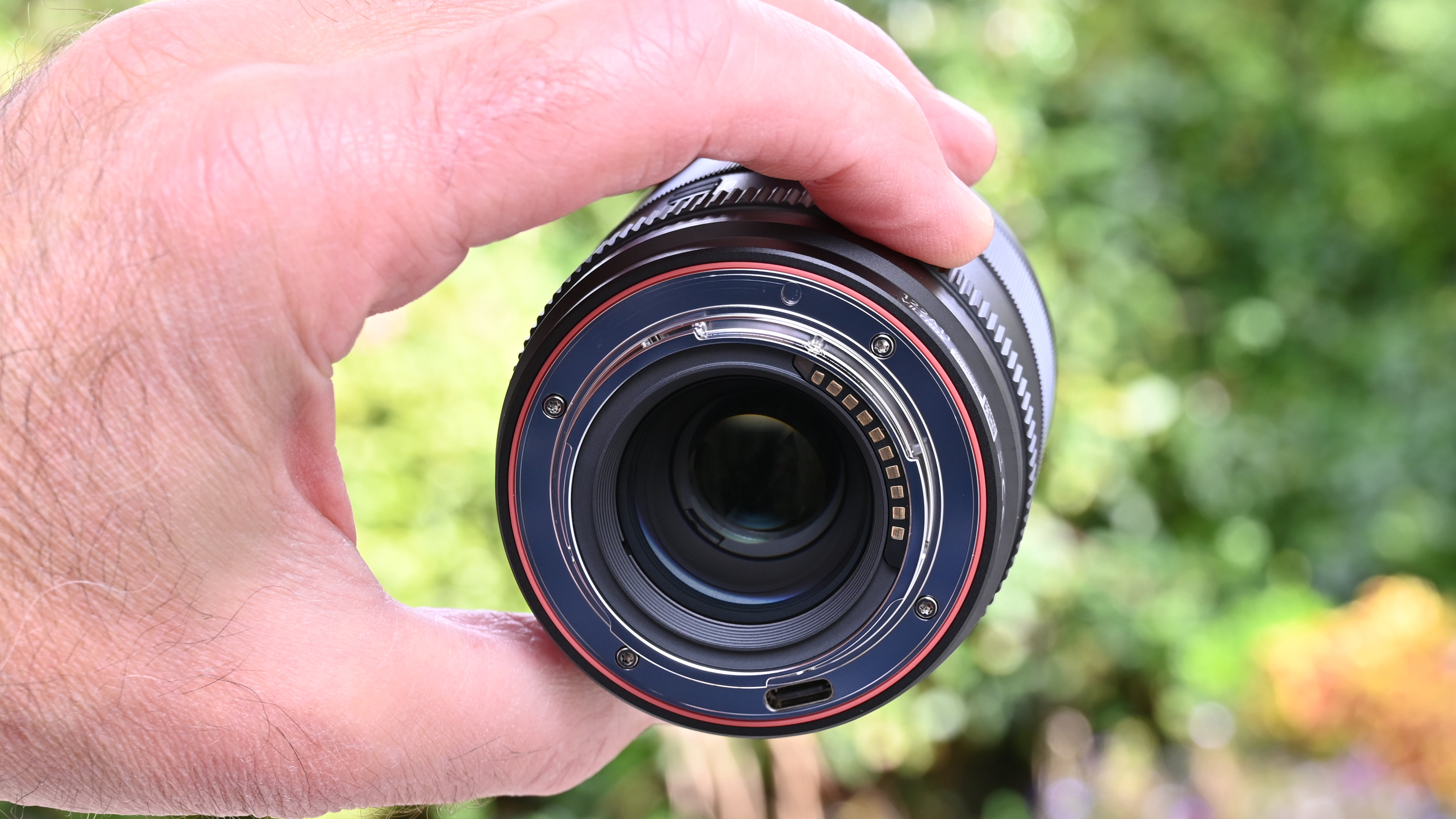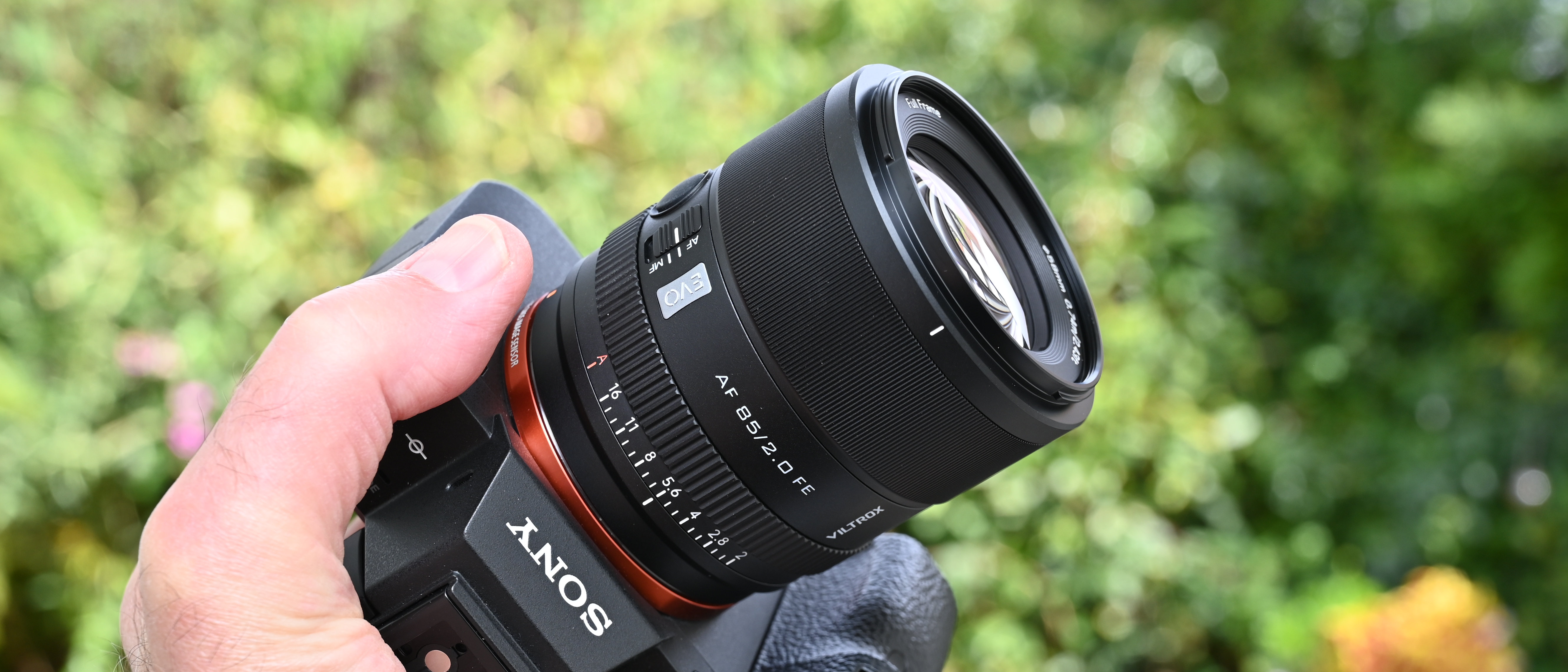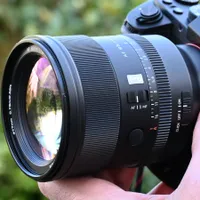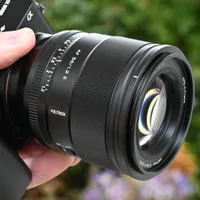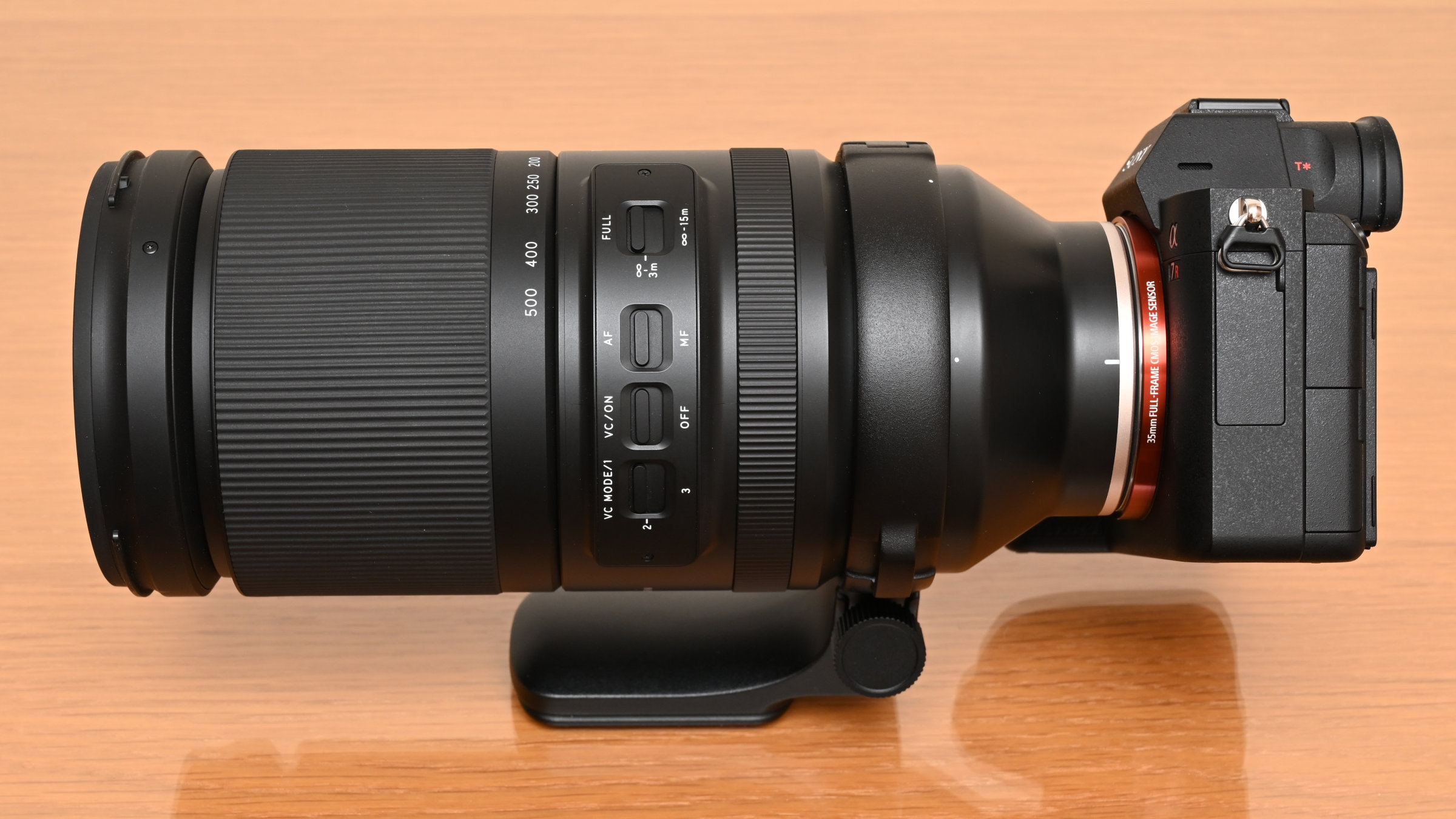Digital Camera World Verdict
The Viltrox AF 85mm f/2.0 Evo marks the start of a new chapter in Viltrox lens design. I love that it’s wonderfully compact and lightweight, reminiscent of the company’s ‘Air’ lenses, but with a robust metal build and high-end handling characteristics, more akin to Viltrox ‘Pro’ lenses. For me, it’s like having the best of both worlds, and at an incredibly budget-friendly price. Having tested both Nikon and Sony versions of this lens, I say it’s so easy to live with, so affordable and delivers such high-quality images, that it’s become my go-to 85mm prime.
Pros
- +
Compact and lightweight
- +
Excellent image quality
- +
High-end handling
- +
Impressive build quality
Cons
- -
Not the fastest aperture
- -
No aperture ring lock switch
Why you can trust Digital Camera World
Viltrox Air lenses are unfeasibly compact and are real featherweights. There’s a growing range of APS-C and full-frame options to choose from, including the Viltrox AF 56mm f/1.7 Air and Viltrox AF 50mm f/2 Air, respectively. But while they’re supremely small and lightweight, they have very basic handling characteristics. The only moving part is generally the focus control ring.
In the upper echelons, there are sophisticated lenses that are comparatively chunky heavyweights, like the Viltrox AF 85mm f/1.4 Pro and Viltrox AF 135mm f/1.8 Lab, which have pretty much all of the bells and whistles you could imagine. The AF 85mm f/2.0 Evo is the first of a new series of ‘Evo’ lenses that aim to deliver up-market handling exotica in a relatively compact, lightweight and easily manageable build.
At launch, this full-frame compatible lens was only available in Sony E-mount but a Nikon Z version was hot on its heels, both aiming to be among the most easy-going, affordable and best lenses for portraits.
Viltrox AF 85mm f/2.0 Evo: Specifications
Mount options | Nikon Z (FX) Sony E (FE) |
Lens construction | 10 elements in 8 groups |
Angle of view | 29.1 degrees |
Diaphragm blades | 9 |
Minimum aperture | f/16 |
Minimum focus distance | 0.74m |
Maximum magnification | 0.13x |
Filter size | 58mm |
Dimensions | 69x76mm / 2.7x3.0" |
Weight | 340g / 12oz |
Viltrox AF 85mm f/2.0 Evo: Price
Viltrox Air lenses tend to be among the most inexpensive prime lenses you can buy, whereas Pro and Lab lenses are still incredibly good value, considering their up-market features, specifications and build quality. Let’s talk numbers. By way of example, the Viltrox AF 50mm f/2 Air costs a mere $199 / £229 / AU$309, whereas the up-market Viltrox AF 85mm f/1.4 Pro is still a very ‘affordable’ $598 / £569 / AU$999. The new 85mm Evo lens is very much toward the less expensive end of the scale, coming in at $275 / £265 / AU$TBA. That’s potentially great value for a sophisticated prime lens.
Viltrox AF 85mm f/2.0 Evo: Design & Handling
I’m in a number-crunching mood, so I’ll kick off with weights and measures. Full-frame compatible Viltrox portrait primes include the Viltrox AF 85mm f/1.4 Pro and Viltrox AF 135mm f/1.8 Lab, that I’ve mentioned already. They weigh 800g / 28.2oz and 1,300g / 45.9oz respectively, so they’re certainly not lightweights.
The 85mm Evo really takes a load off and is very easily manageable, tipping the scales at just 340g / 12oz. And whereas the heftier 85mm and 135mm lenses measure 85x109mm / 3.3x4.3" and 93x146mm / 3.7x5.7" respectively, with 77mm and 82mm filter attachment threads, the Evo comes in at just 69x76mm / 2.7x3.0", with a 58mm filter thread. Take a glance at the lens or hold it in your hand and it’s remarkably small and light by comparison.
Although comparatively small and light, the Evo boasts a robust construction, based on metal for the barrel and weather-sealed mounting plate, along with a fluorine coating on the front element. There are also plenty of handling extras that I’ll come to in a moment. However, some of the top-notch features you tend to find in Viltrox Pro and Lab series lenses are substituted with more mainstream alternatives. For example, the aperture diaphragm has 9 blades rather than 11, and autofocus is driven by a more typical linear stepping motor rather than being an exotic VCM (Voice Coil Motor) system. Even so, the focusing system is still quick, smooth and ultra-quiet, and comes with an electronically coupled manual control ring, which works smoothly and with excellent precision.
The best camera deals, reviews, product advice, and unmissable photography news, direct to your inbox!
The Evo does retain various trappings featured in more up-market Viltrox lenses, including an AF/MF focus mode switch and function button. I like that the switch makes it easy to swap between focus modes in a flash, while the function button is ideal for AF-hold, and can be customized to take on other duties, depending on the camera body.
Next up, near the rear of the lens, there’s an aperture control ring that gives hands-on access to the entire aperture range of f/2 down to f/16. As I’d expect, it also has an ‘A’ Auto position, for camera-based control over aperture. This can often be more desirable in stills shooting, as well as maintaining compatibility in all of the PASM shooting modes.
Stills photographers might prefer to control the aperture via the physical ring rather than from the camera body, and favorite for this is the one-third f/stop steps that you can click through. Videographers generally prefer stepless aperture control, for silent transitions without any visible steps in brightness adjustment. Catering to both desires, the lens features a Click On/Off switch on the left hand side of its barrel.
The optical design of the lens is based on 10 elements arranged in 8 groups. For the sake of comparison, that’s only two-thirds the count of the 15-element Viltrox 85mm Pro lens and is a major factor in the reduction of size and weight. Specialist elements include two ED (Extra-low Dispersion) elements and two HR (High Refractive index) elements, aiming to boost sharpness and clarity while minimizing chromatic aberrations. A circular profile hood is supplied with the lens to reduce ghosting and flare.
Typical of most lenses nowadays, the Viltrox comes with a pinch-style front lens cap. This makes it easy to fit and remove the cap even with the hood in its forward facing orientation, as shown below. You can also do the usual trick of reversing the hood on the lens to reduce stowage size.
Moving from the front to the rear of the lens, it has a metal mounting plate that features a rubber weather-seal gasket and a USB-C port. The latter is for applying firmware updates, which you can do from a mobile device or a computer.
Viltrox AF 85mm f/2.0 Evo: Performance
If I’m going to use a prime lens rather than a zoom, the availability of a wide aperture is one of the main reasons. The Evo’s widest aperture of f/2 isn’t particularly fast so performance when shooting ‘wide-open’ becomes more of a critical factor. I was instantly impressed by the lens’s excellent sharpness across most of the image frame when shooting wide-open at f/2, as well as by the clarity, contrast and color rendition that it delivered. Edge/corner-sharpness is impressive wide-open and gets even better at apertures between f/5.6 and f/11.
Many modern lenses designed for mirrorless cameras rely heavily on automatic in-camera corrections for the likes of vignetting, color fringing and distortion. With all corrections switched off, I found that vignetting was only fairly subtle at f/2, chromatic aberrations were negligible and distortion was very slight. Suffice it to say that the Viltrox really delivers on all counts, without depending on automatic corrections. Even so, these corrections are available to further flatter the results.
I like using 85mm lenses for still life and product photography, as well as for portraiture. I was initially a little concerned about the modest f/2 aperture rating of the Evo lens but, in practice, found that it gave me a tight depth of field with a really pleasing pictorial quality in the resulting images.
The following gallery comprises a series of test shots of a phrenology head, set against a backdrop of garden plants and flowers. I started at the widest available aperture of f/2, then worked through narrower apertures in full f/stop increments, down to f/5.6. The images demonstrate the qualities of excellent sharpness and smooth bokeh, with a natural roll-off between the two. They also showcase the high degree of control over axial/longitudinal chromatic aberration, also called ‘bokeh fringing, as there are no unwanted color fringes around high-contrast transitions just in front of or behind the plane of focus.


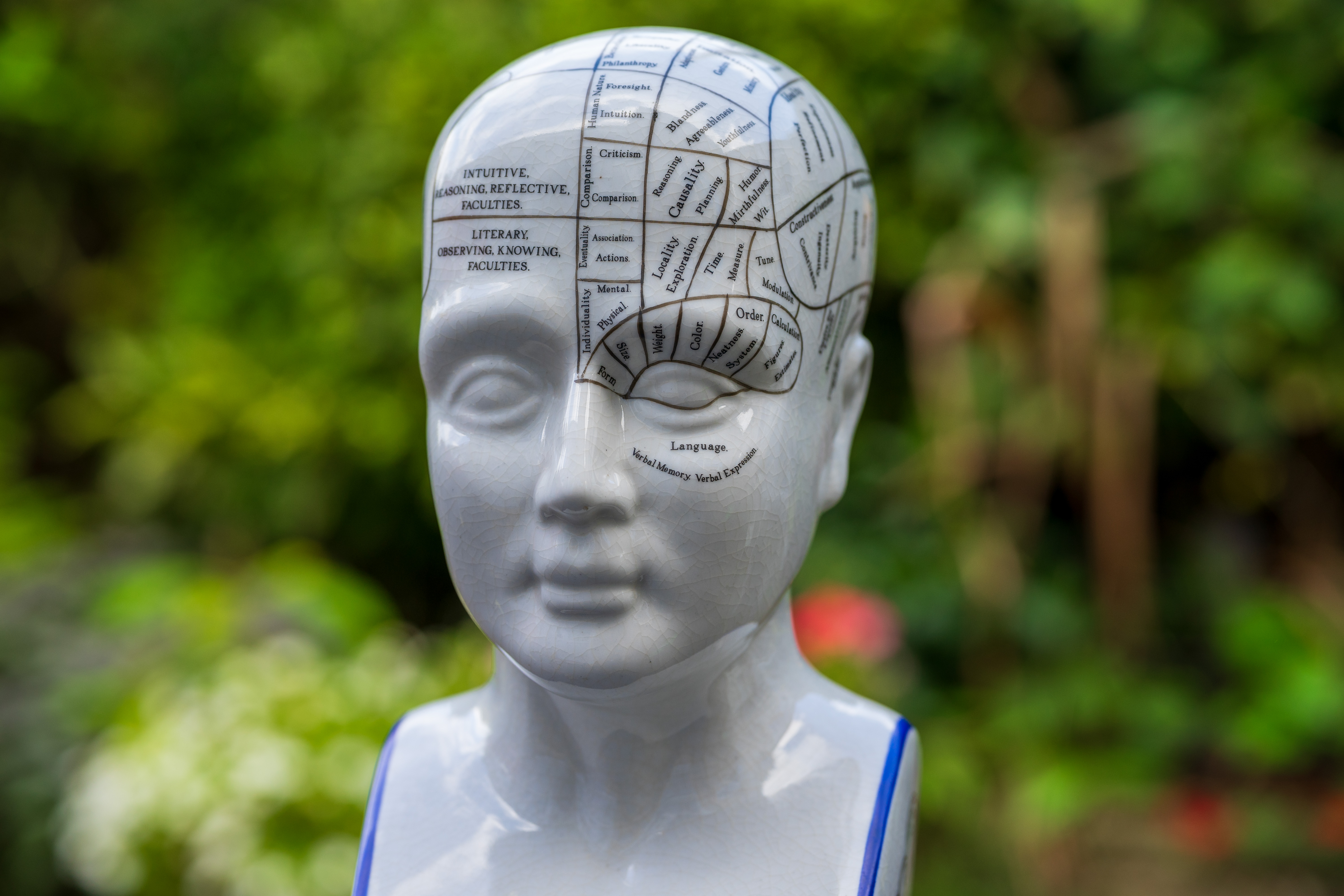
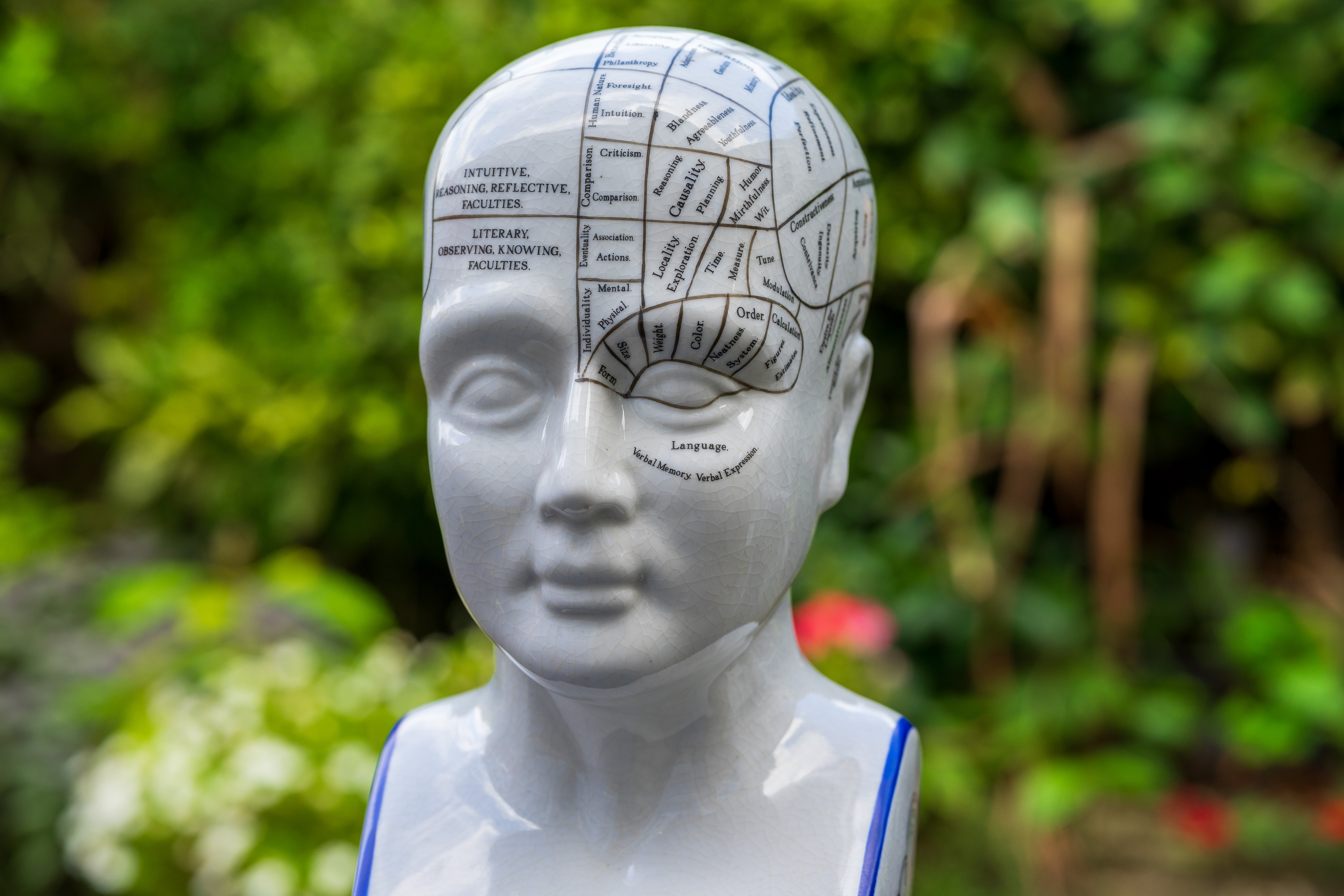
Viltrox AF 85mm f/2.0 Evo: Sample Images
This gallery contains a collection of more general shots, taken on the streets of the English city of Bath in fairly overcast weather conditions, and at the indoor Bath Guildhall Market. I used a mix of medium aperture settings, along with the widest available aperture of f/2.




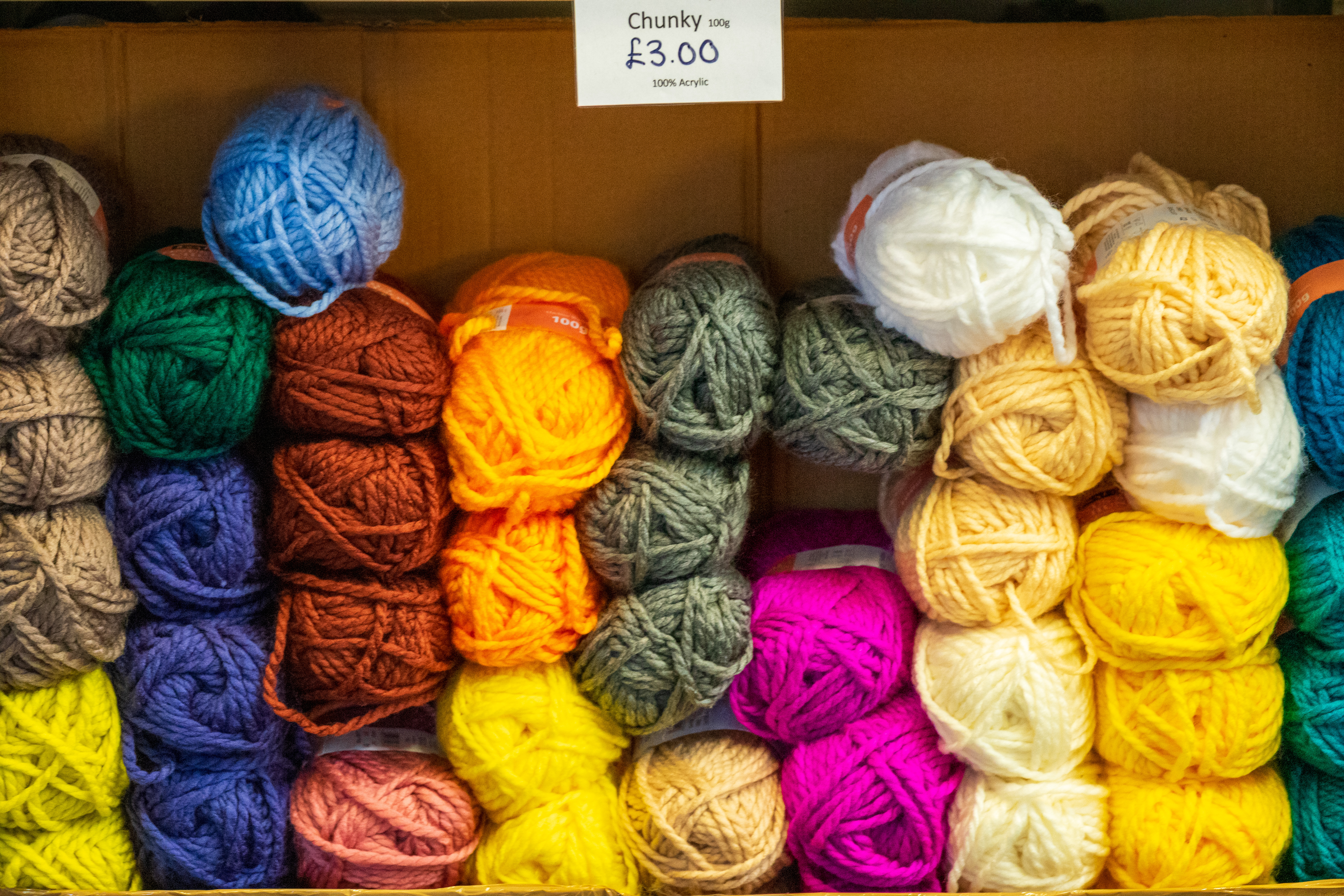
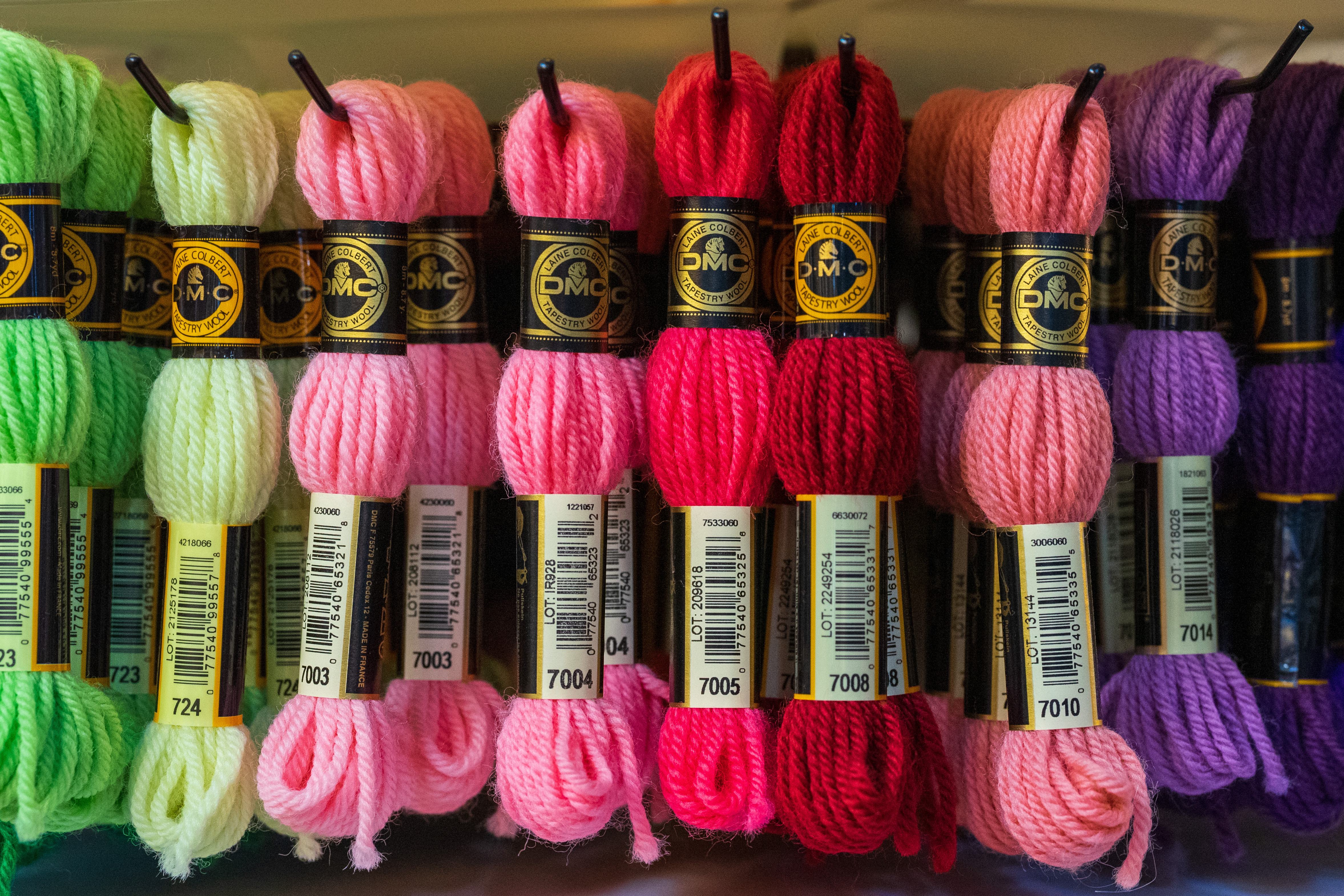
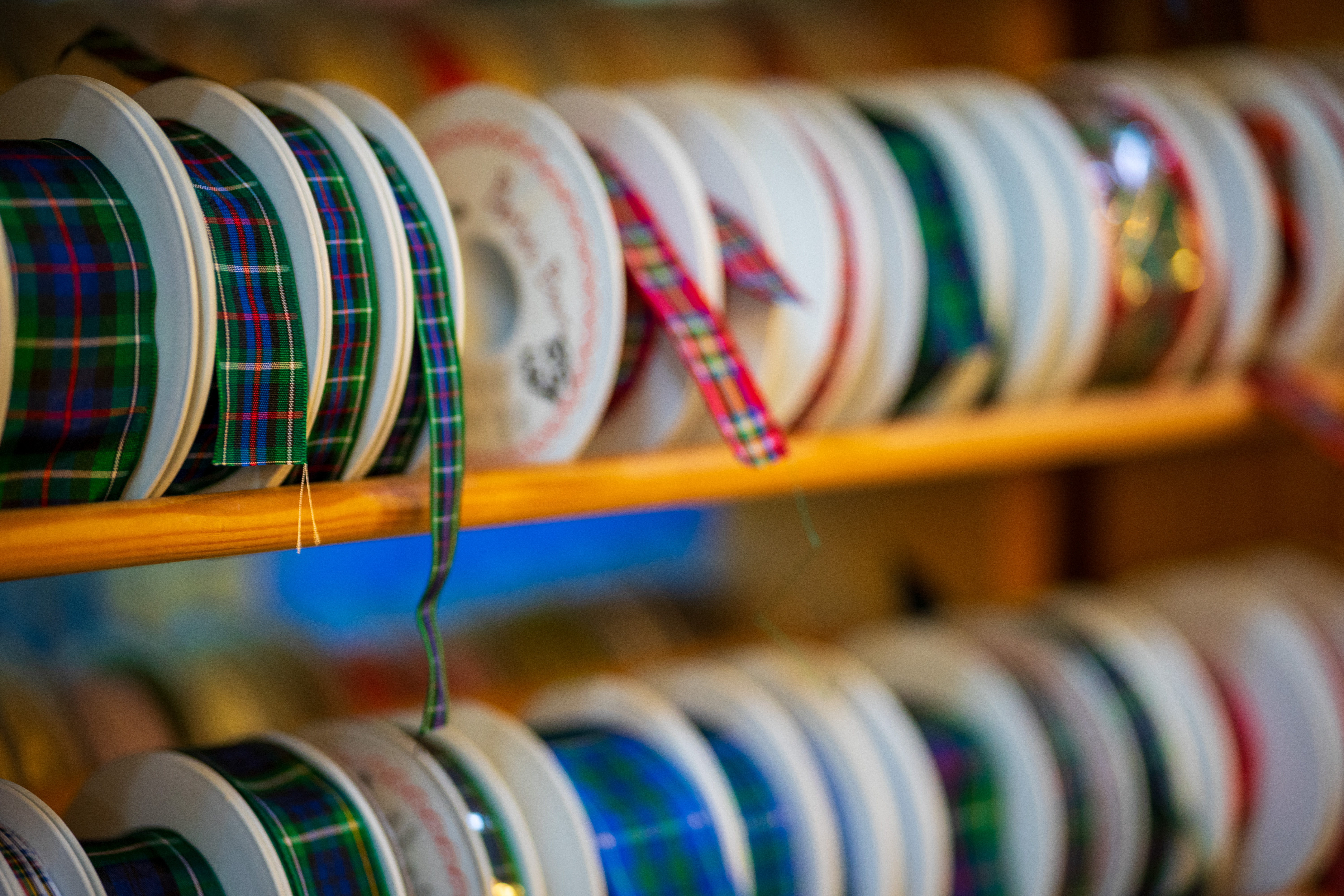
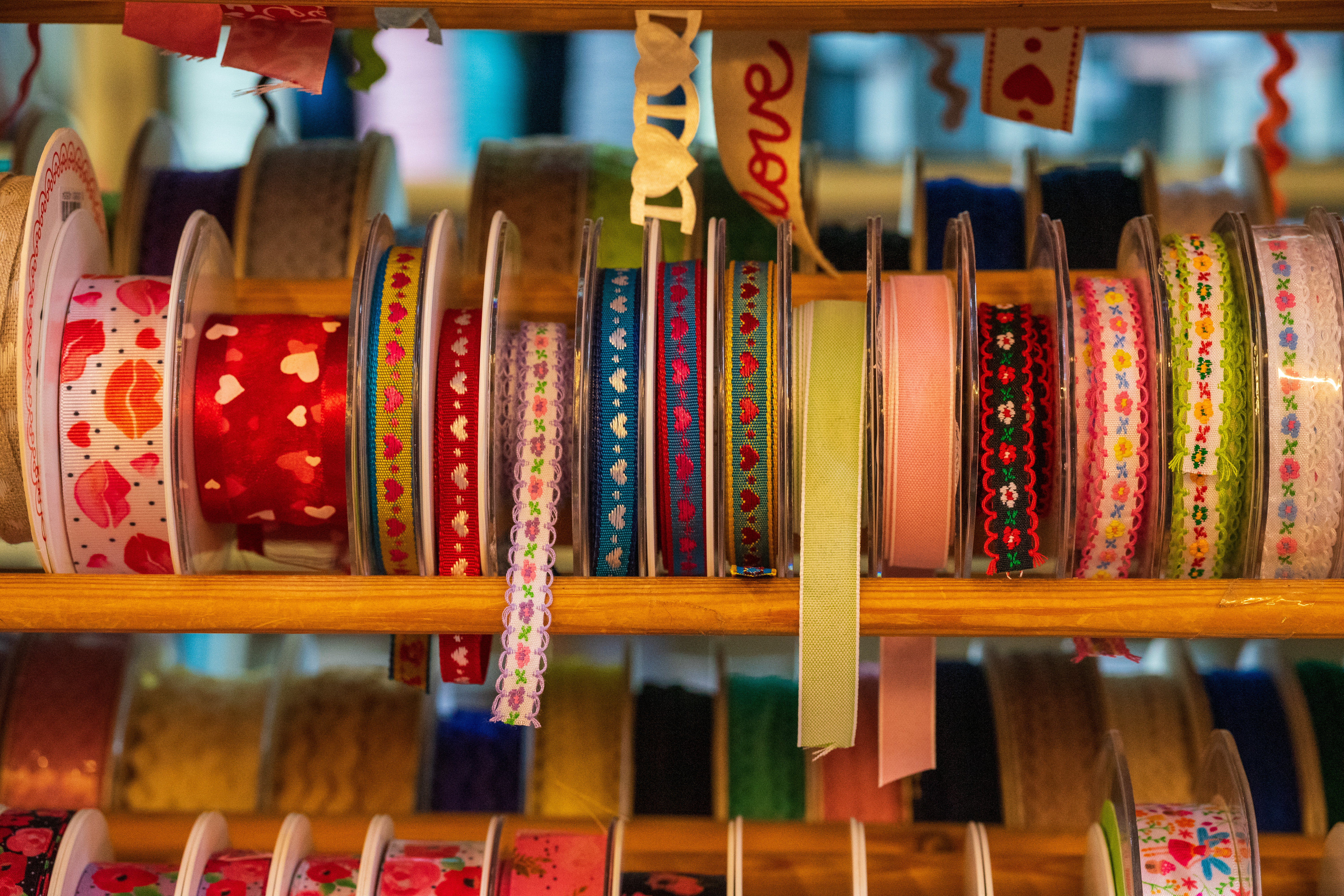

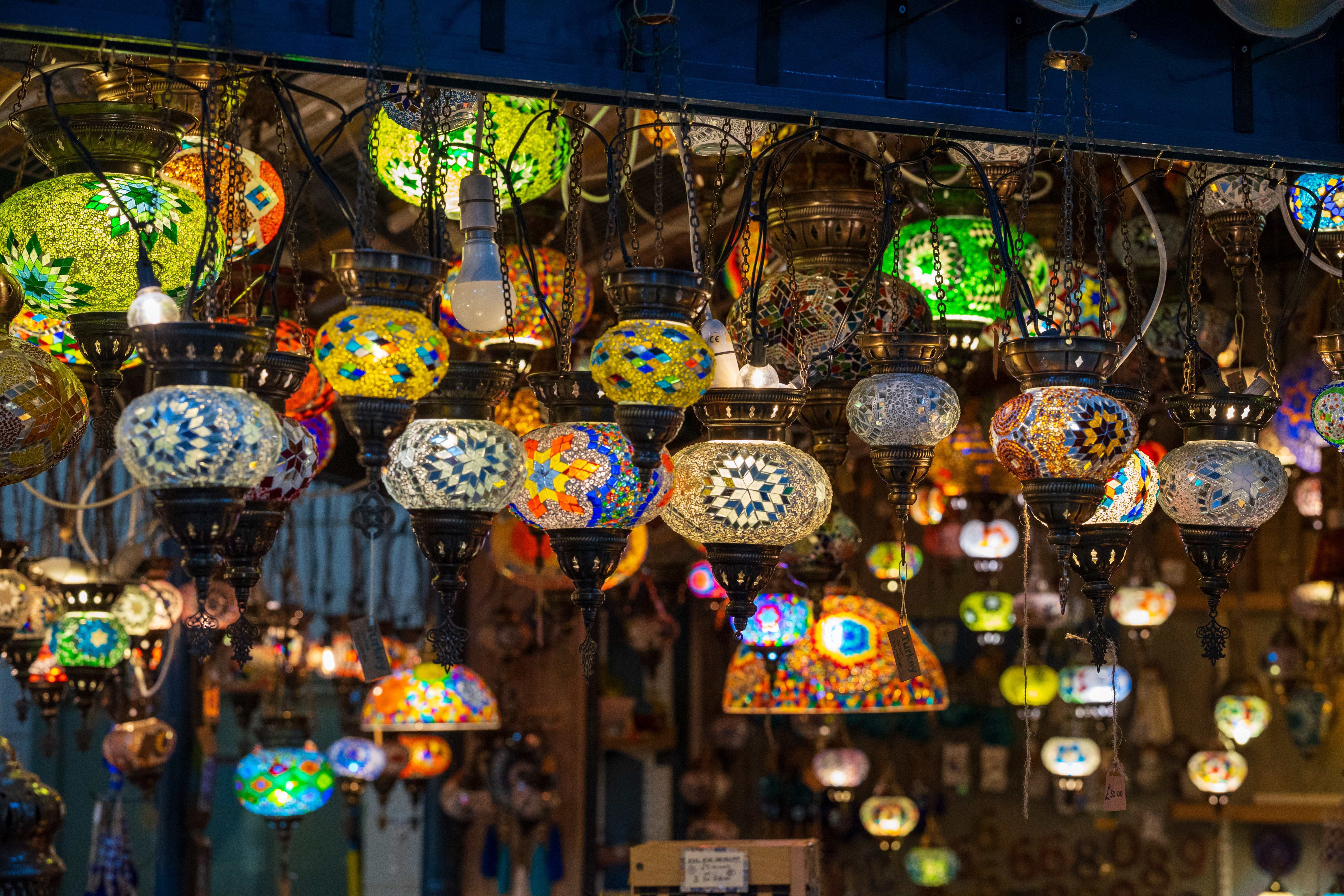


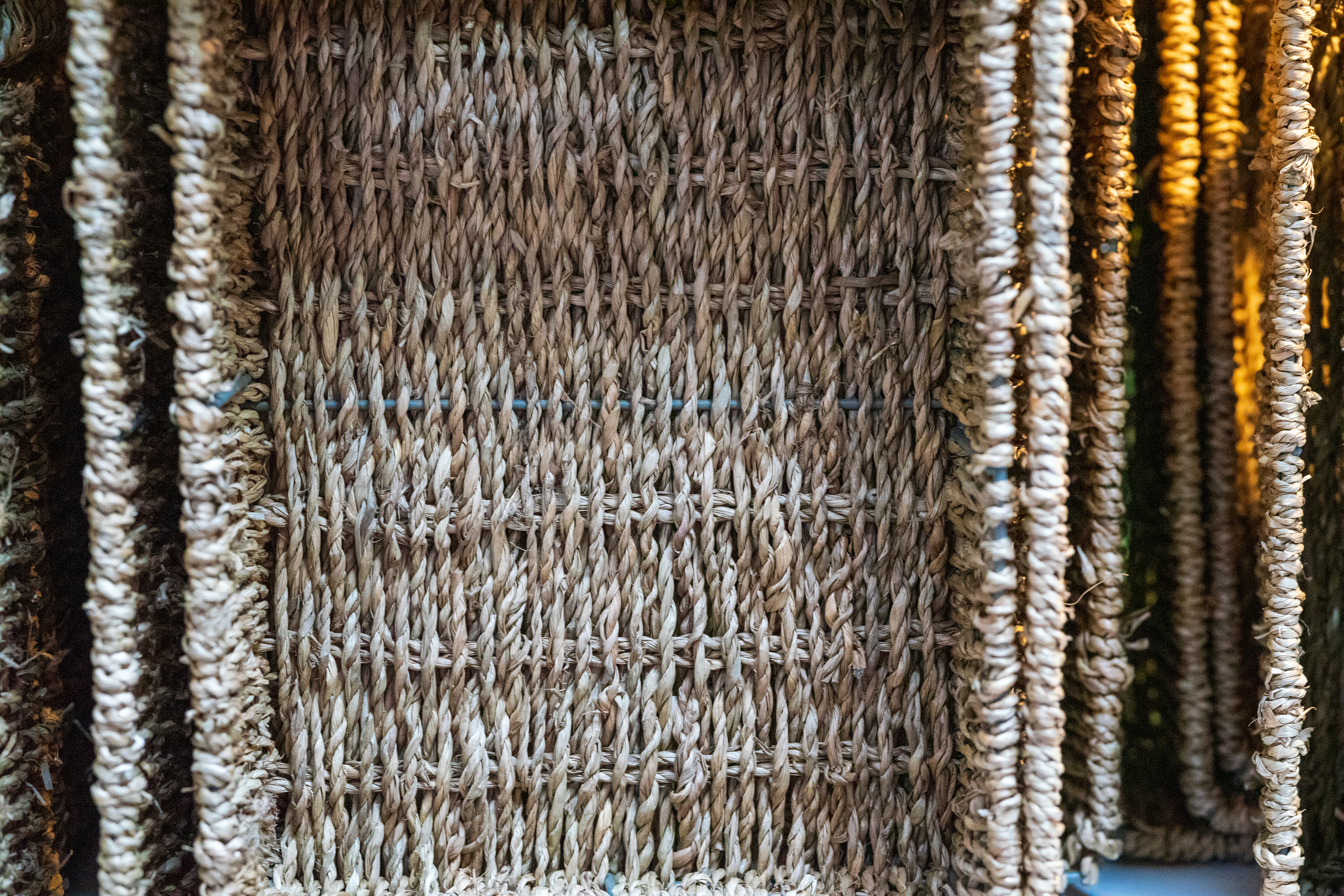
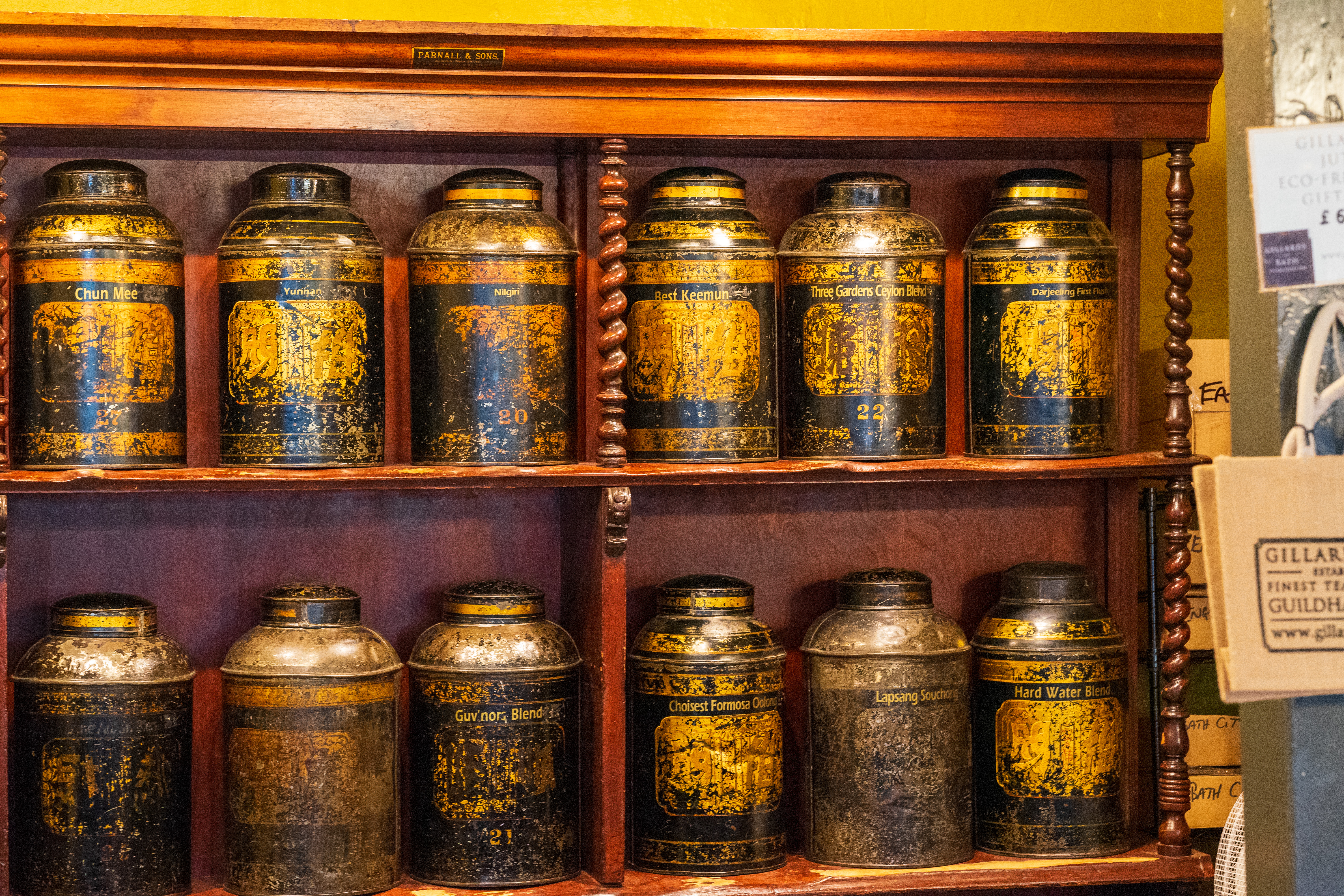
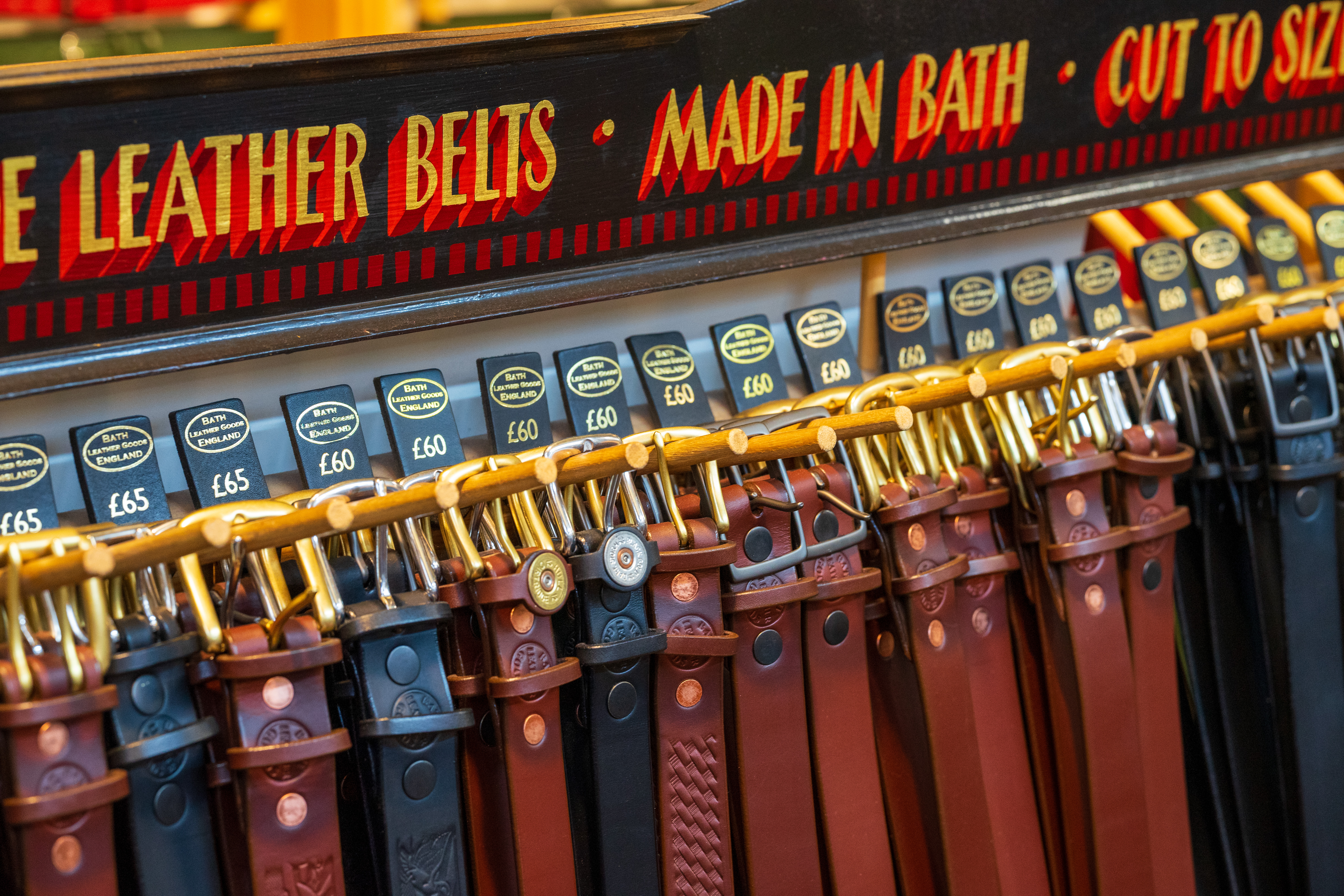







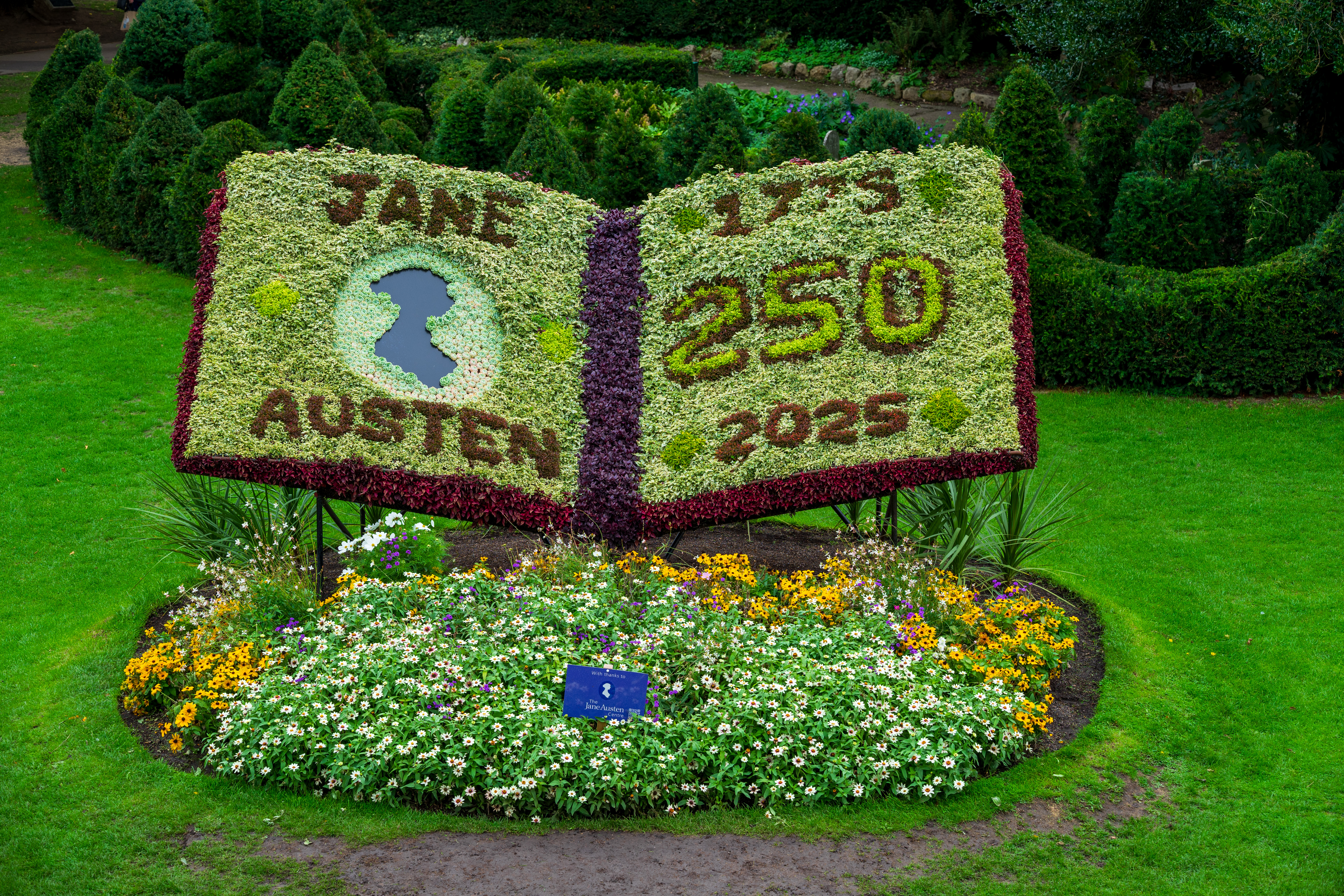




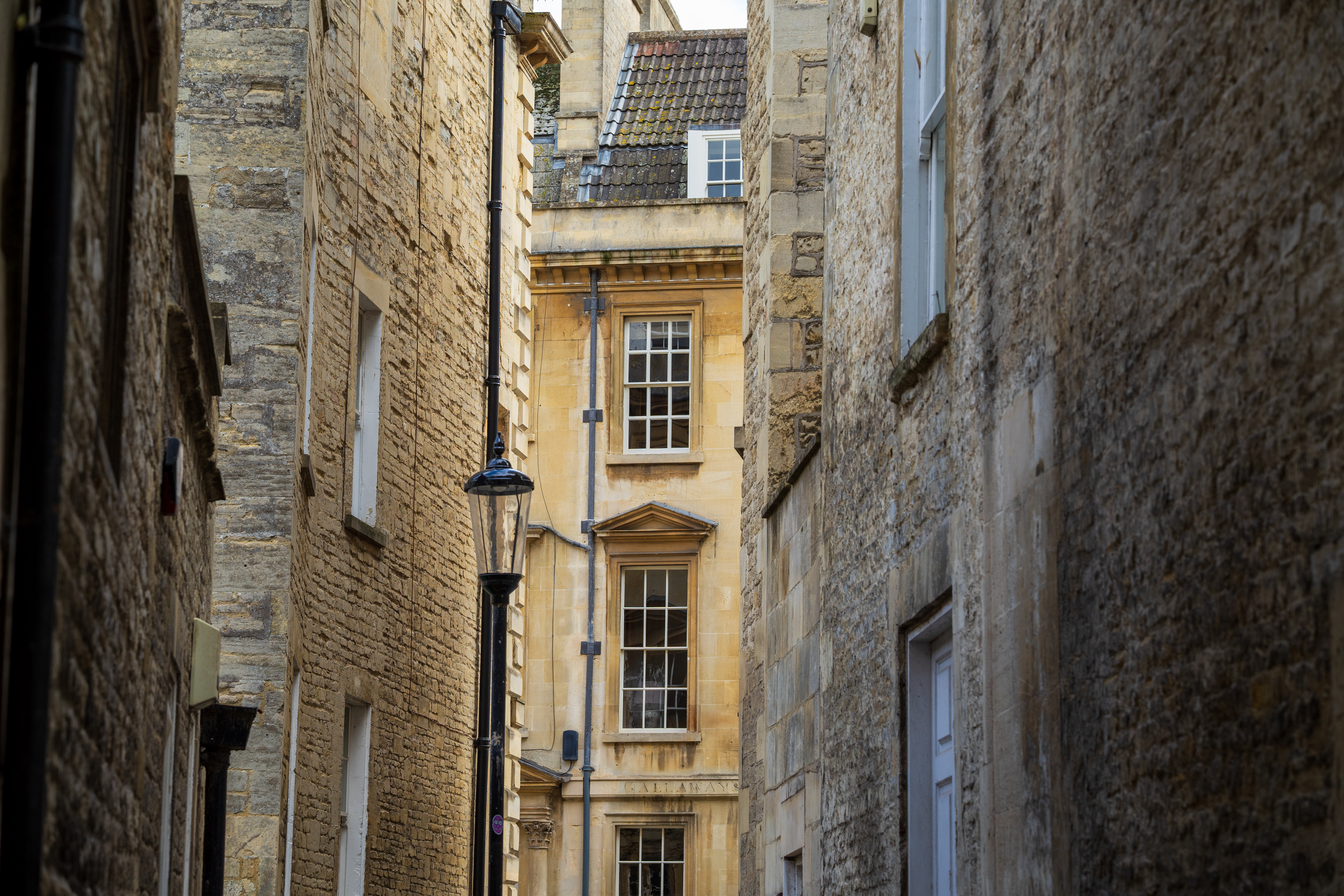

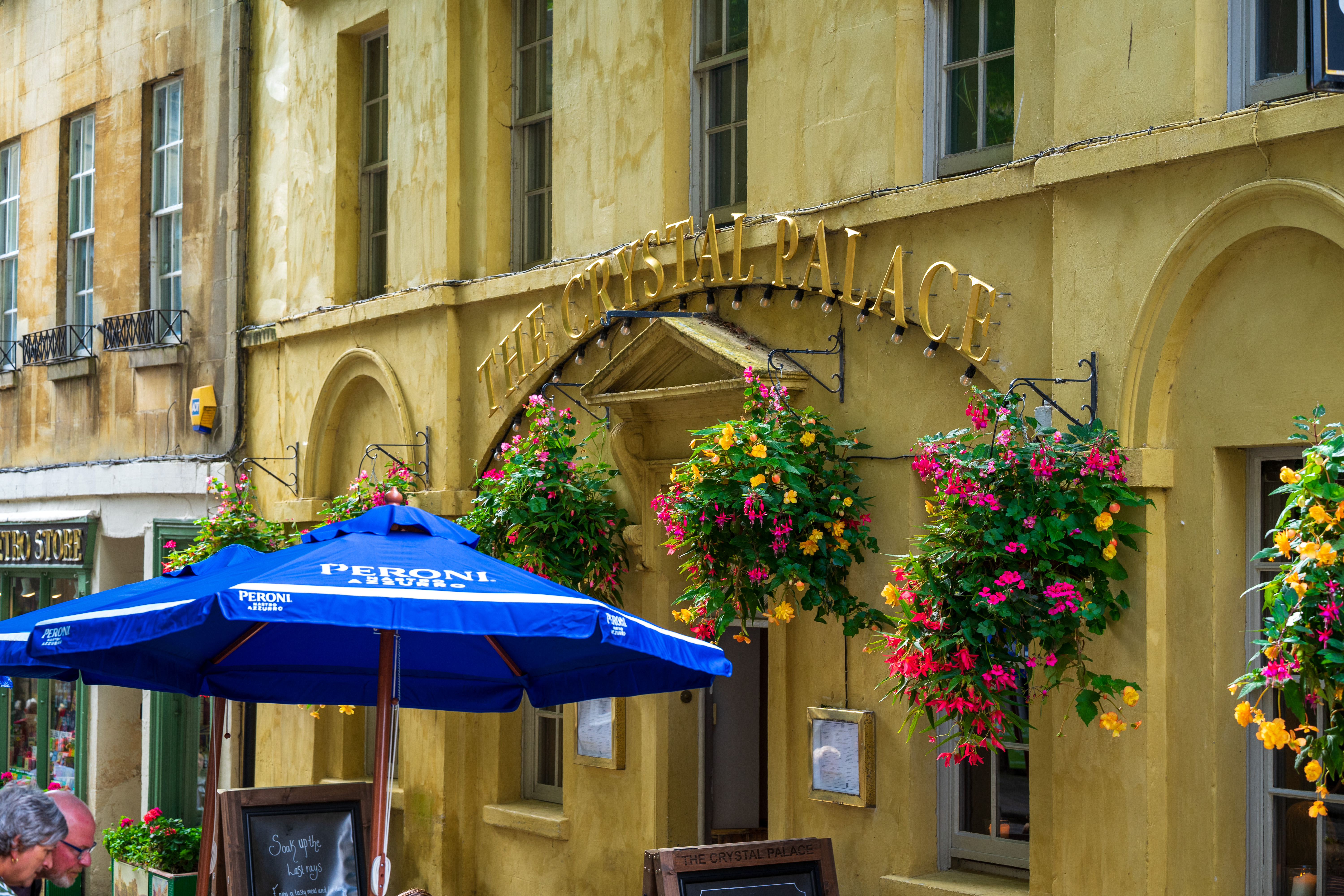





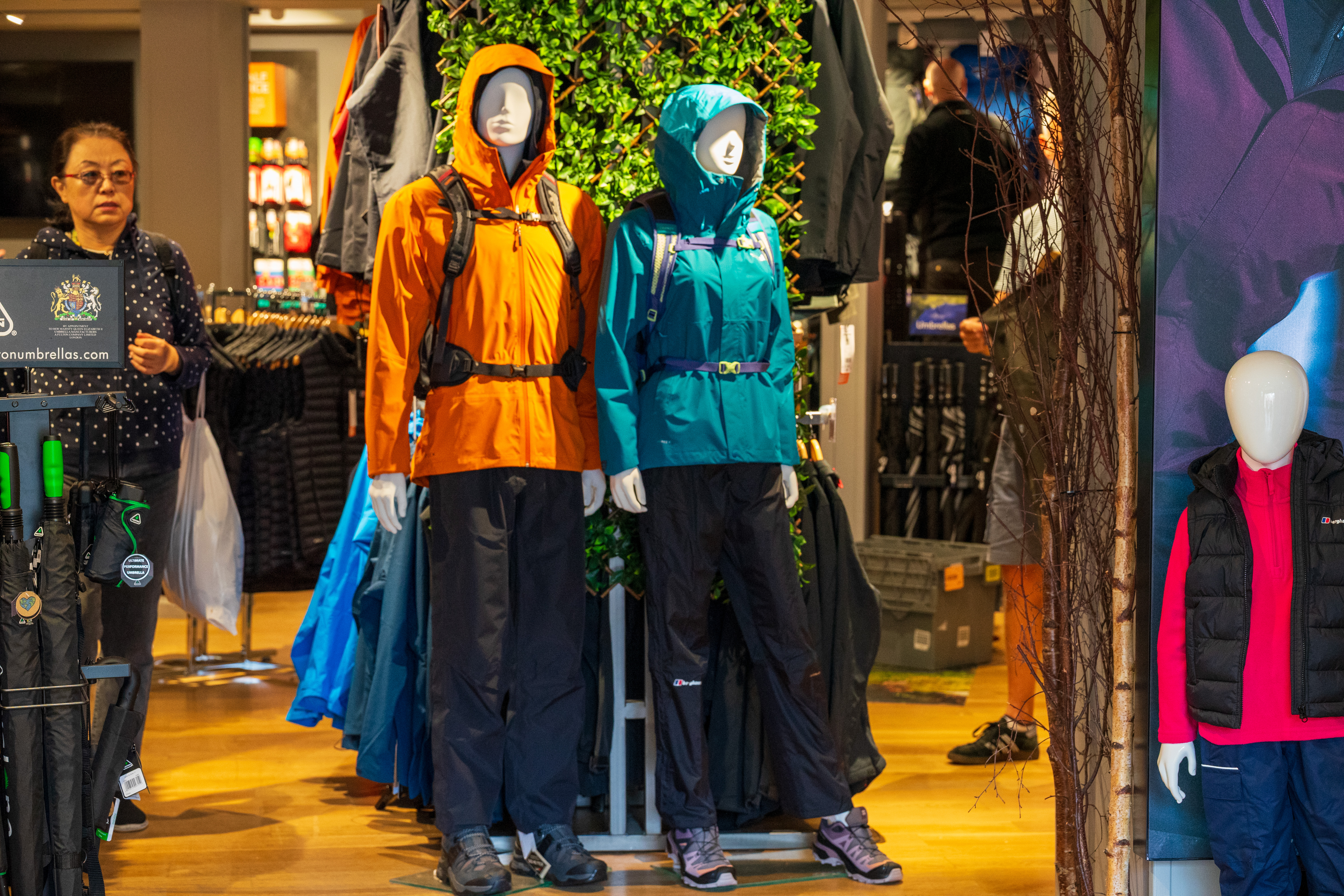
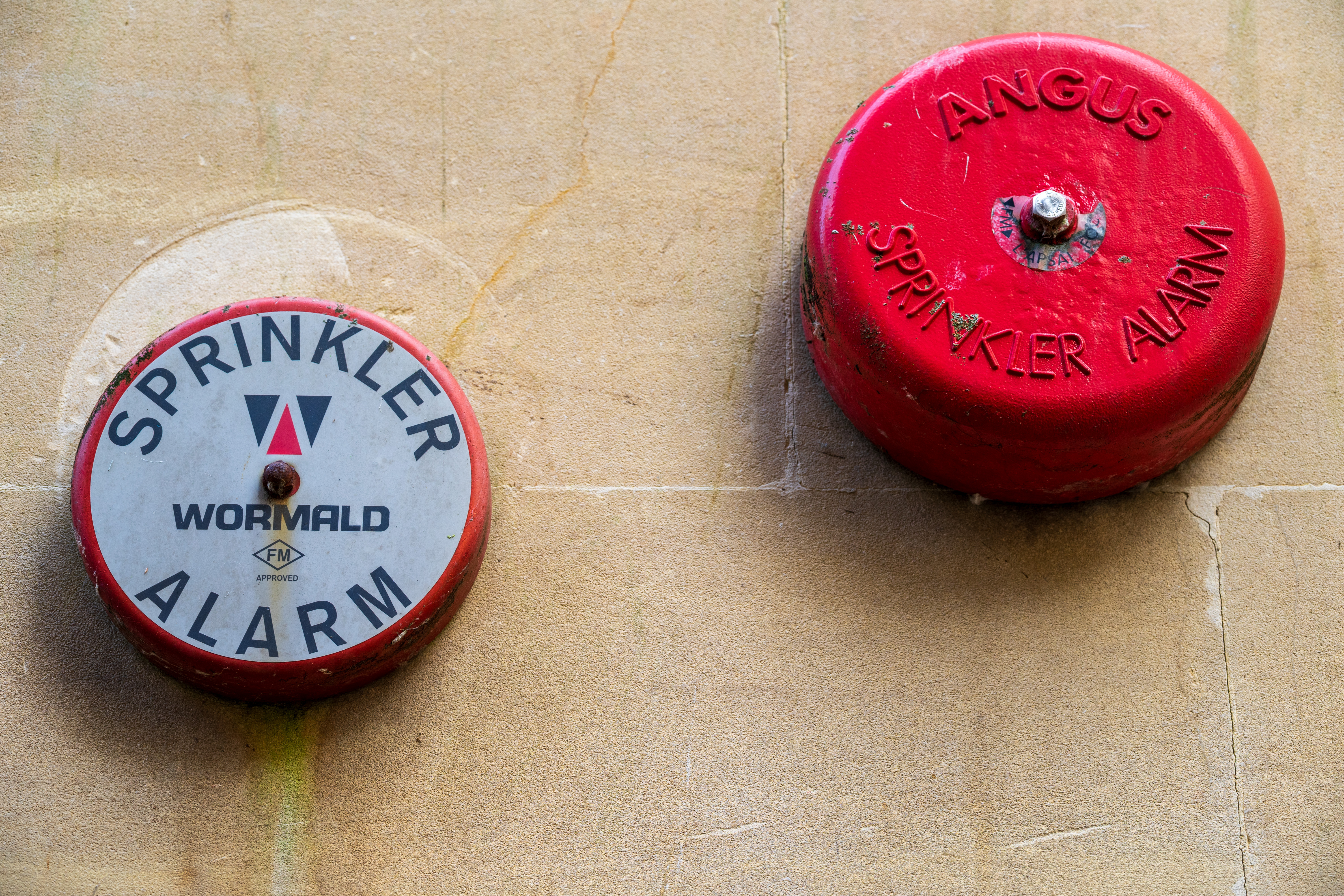
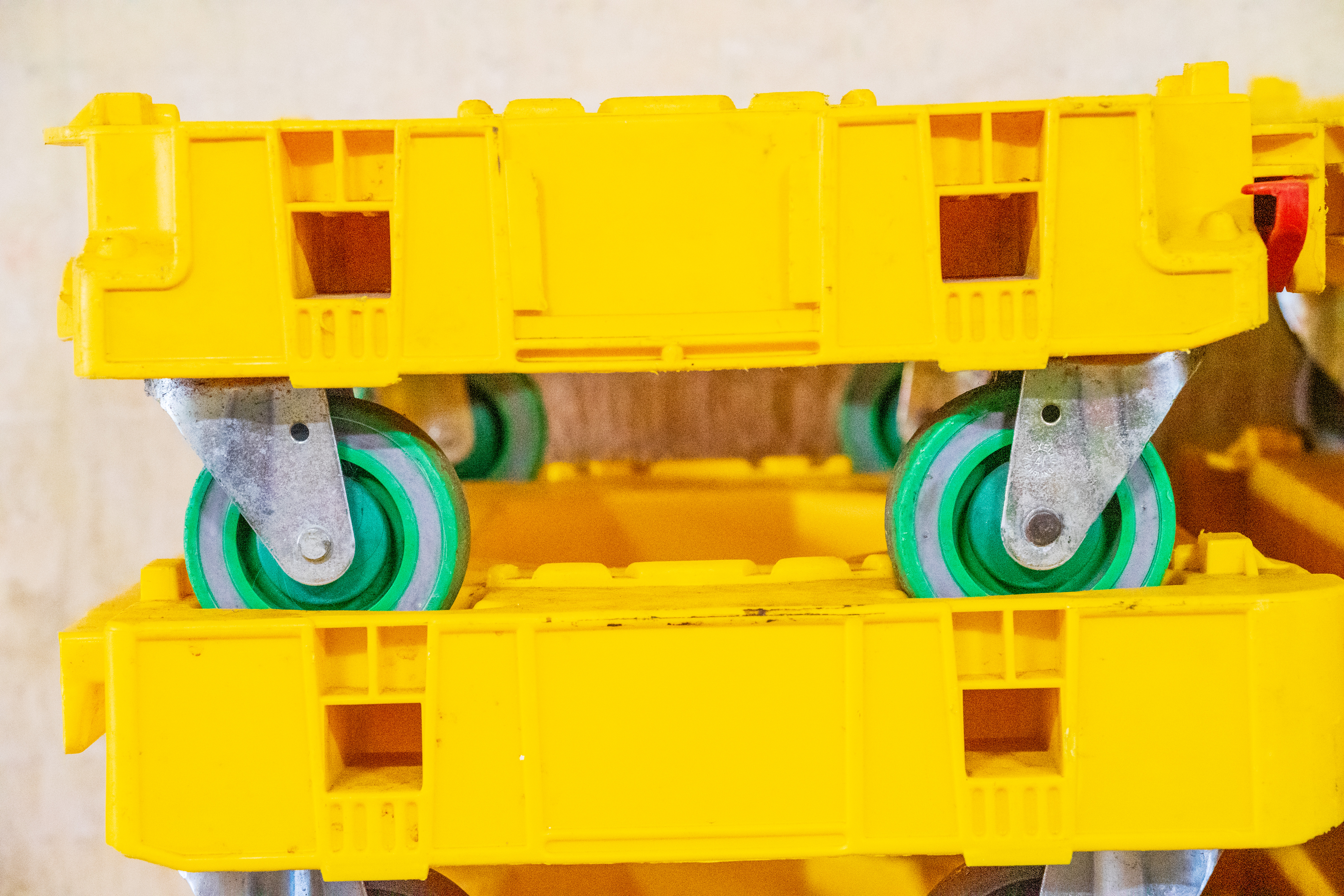

Viltrox AF 85mm f/2.0 Evo: Lab Results
We run a range of lab tests under controlled conditions, using the Imatest Master testing suite. Photos of test charts are taken across the range of apertures and zooms (where available), then analyzed for sharpness, distortion and chromatic aberrations.
We use Imatest SFR (spatial frequency response) charts and analysis software to plot lens resolution at the center of the image frame, corners and mid-point distances, across the range of aperture settings and, with zoom lenses, at four different focal lengths. The tests also measure distortion and color fringing (chromatic aberration).
Sharpness:
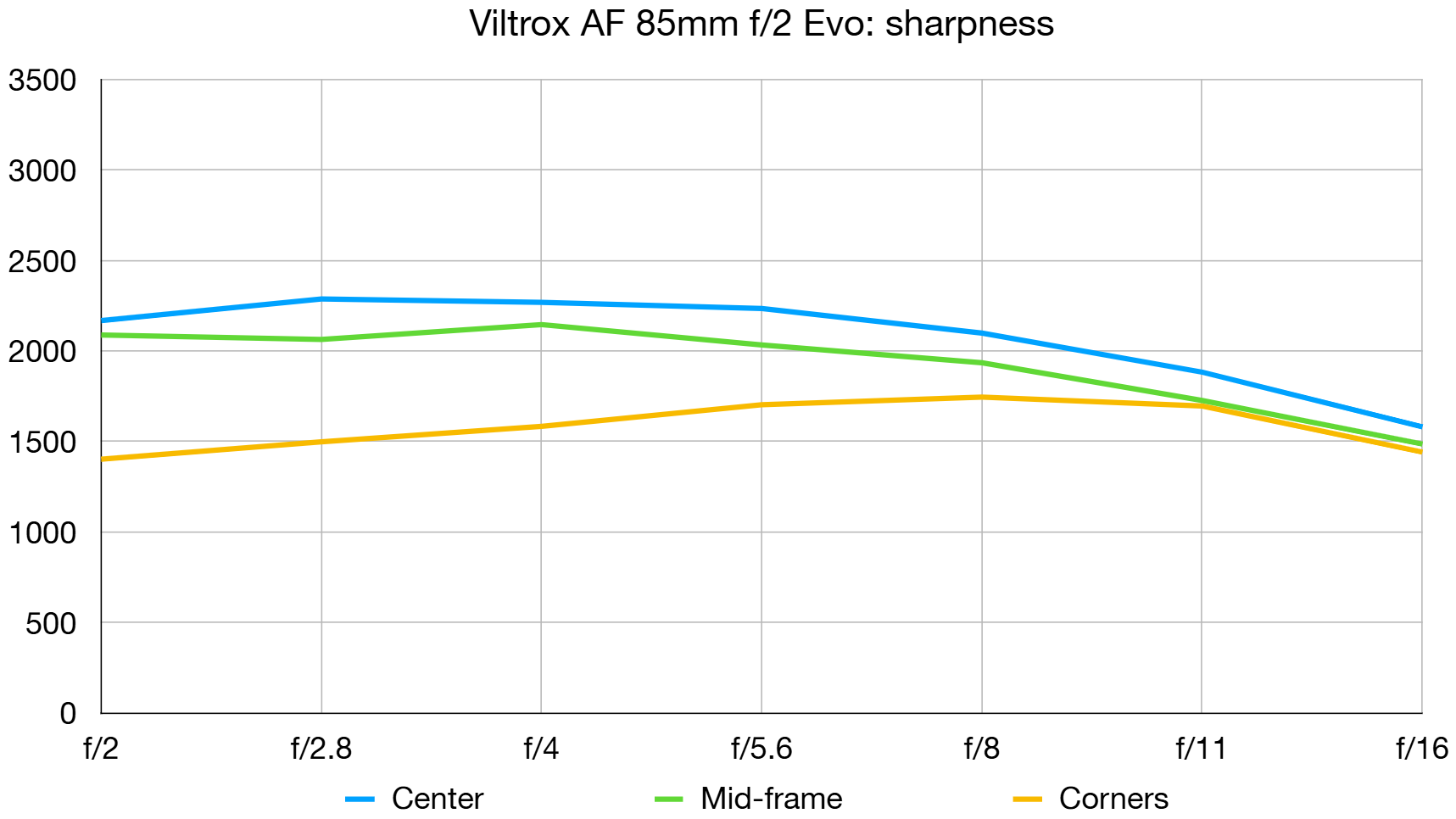
Sure, f/2 isn’t spectacularly fast for a prime lens but sharpness is thoroughly excellent across the entire image frame, even when shooting wide-open. Edge/corner-sharpness at f/5.6 and f/8 is better than many lenses can muster at the center of the frame.
Fringing:
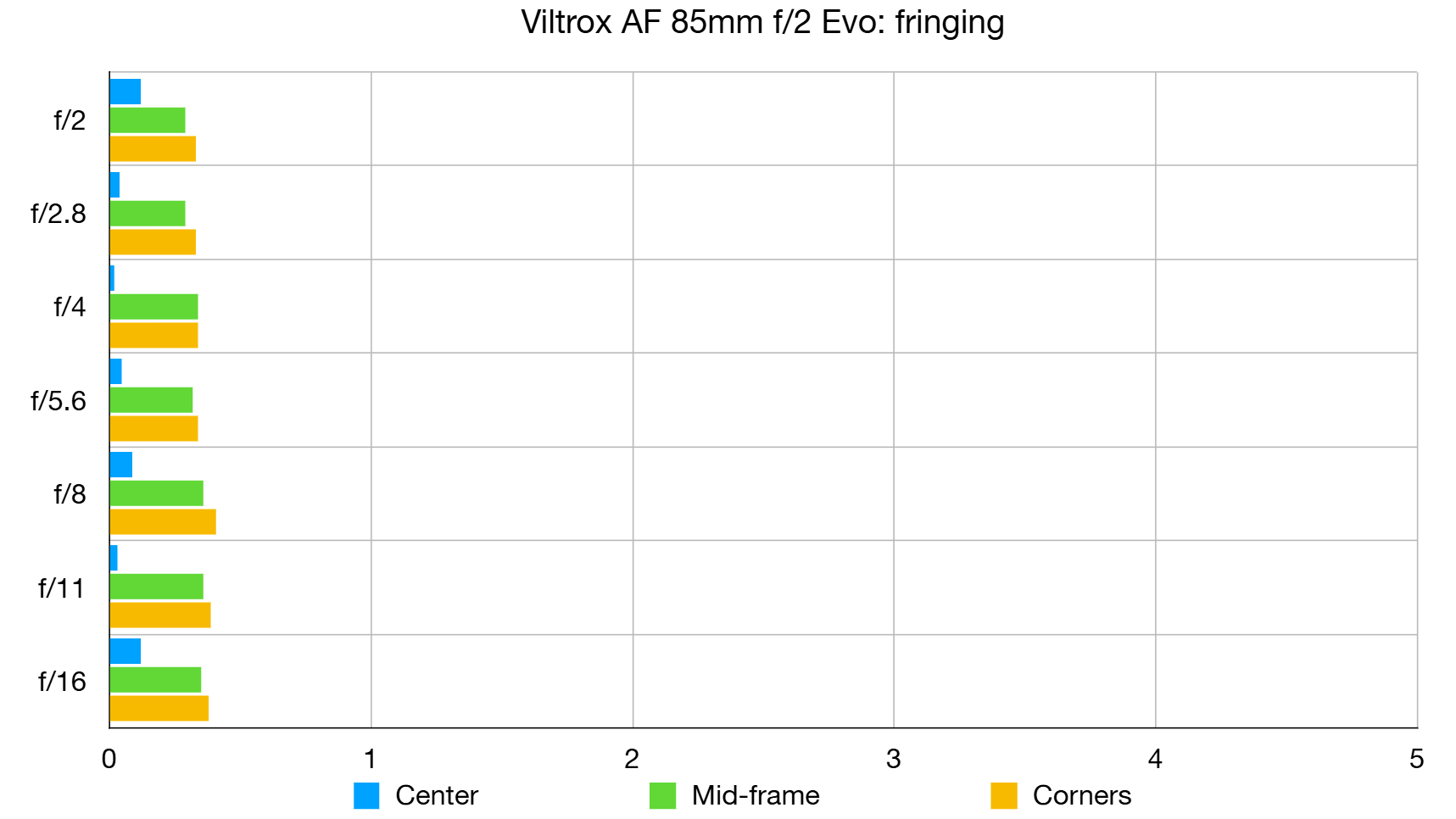
There are virtually no lateral nor longitudinal chromatic aberrations to be seen anywhere in the frame. LoCA is negligible even at the widest available aperture whereas LCA is absolutely minimal even at the edges and corners of the frame.
Distortion: 0.58
There’s a slight touch of pincushion distortion but it’s likely to go unnoticed in the vast majority of ‘real world’ shots. As with other aberrations, automatic in-camera corrections are available if you feel the need.
Viltrox AF 85mm f/2.0 Evo: Verdict
Let’s cut to the chase. I was so impressed during my time testing the Sony E-mount version of this lens that I splashed the cash on the Nikon Z version as soon as it was launched a couple of weeks later. And I’m very glad I did. Both of them work flawlessly and, for portraiture, face/eye-detection autofocus works really well with both camera systems. I don’t always feel the need for speed. Fast f/1.4 primes and those with even faster apertures typically come with a big, weighty build that can be less than convenient. And let’s face it, the Viltrox AF 85mm f/2.0 Evo is still a full f/stop faster than most top-quality ‘trinity’ zoom lenses.
I really like the lens's comparatively compact and lightweight design, which makes it very easy to live with, home and away. Better still, and unlike with Viltrox ‘Air’ series lenses, there are no compromises in terms of handling and sophistication. Despite being small, the Evo still packs an aperture control ring with a click/de-click switch, a customizable function button and an AF/MF switch. It also has a robust, weather-resistant metal build that looks and feels of high quality. Best of all, image quality and all-round performance are deeply satisfying, making the lens an absolute bargain at the price. Sometimes, smaller is better.
Features ★★★★★ | Advanced features include an aperture control ring with a click/de-click switch, customizable function button and an AF/MF focus mode switch. |
Design ★★★★★ | The design is a delight. Sophisticated handling extras are shoehorned into a remarkably compact and lightweight metal build with a weather-sealed mount. |
Performance ★★★★★ | The lens can’t deliver the wafer-thin depth of field of an 85mm f/1.4 lens but still combines superb sharpness and clarity with beautiful bokeh. |
Value ★★★★★ | It’s naturally pricier than low-budget Viltrox ‘Air’ series lenses but still exceptional value considering the additional features and handling extras. |
Alternatives
Prefer a go-faster lens? The Viltrox AF 85mm f/1.4 Pro is a full f/stop faster than the Evo and features the same handling attractions of an aperture ring with click/de-click switch, a customizable function button and an AF/MF focus mode switch. However, it’s naturally substantially bigger, heavier and more expensive to buy.
If you’re after a portrait-friendly lens for your APS-C format camera, the Viltrox AF 56mm f/1.2 Pro gives virtually the same ‘effective’ focal length, equating to 84mm in full-frame terms. This one boasts a super-fast aperture rating of f/1.2 and is available in a wider range of Fujifilm X, Nikon Z (DX) and Sony E mount options.
Matthew Richards is a photographer and journalist who has spent years using and reviewing all manner of photo gear. He is Digital Camera World's principal lens reviewer – and has tested more primes and zooms than most people have had hot dinners!
His expertise with equipment doesn’t end there, though. He is also an encyclopedia when it comes to all manner of cameras, camera holsters and bags, flashguns, tripods and heads, printers, papers and inks, and just about anything imaging-related.
In an earlier life he was a broadcast engineer at the BBC, as well as a former editor of PC Guide.
You must confirm your public display name before commenting
Please logout and then login again, you will then be prompted to enter your display name.


